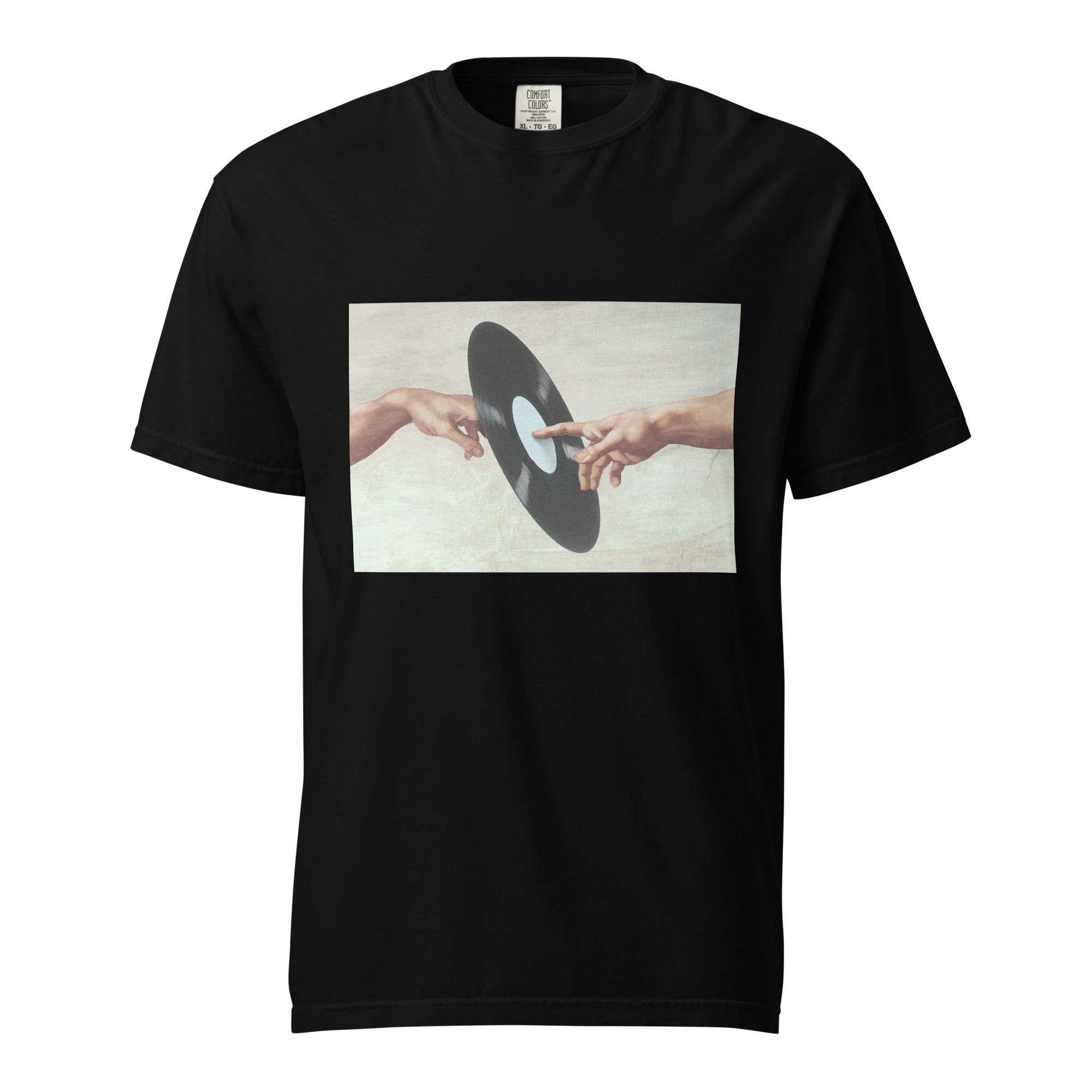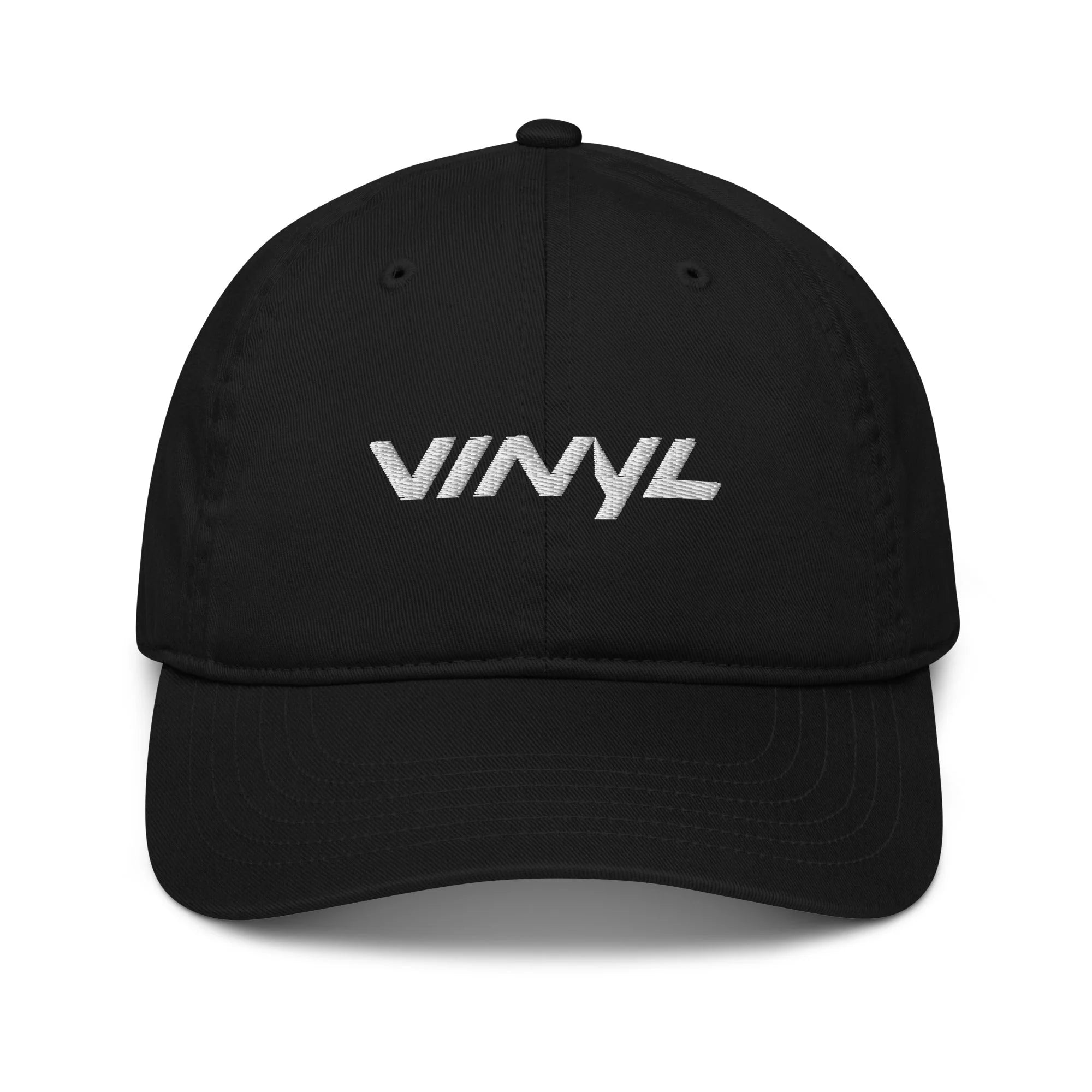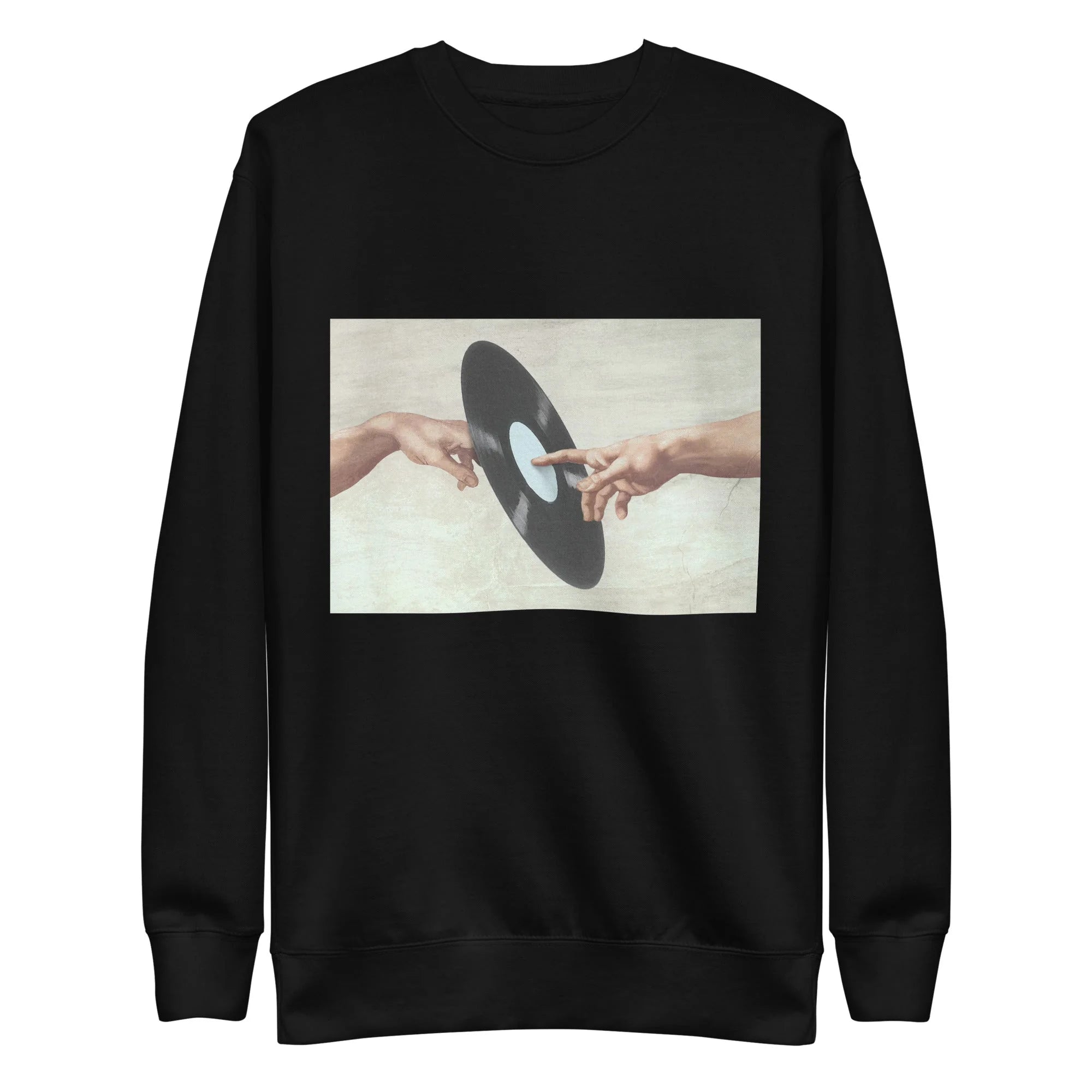The age-old debate between analog and digital mediums in the realm of music is far from settled. With the resurgence of vinyl records and the universal availability of digital music, choosing between the two can be a conundrum for music lovers. This article dissects the merits and drawbacks of both formats, focusing on sound quality, the listening experience, methods of playing music, and durability.

The Sound Quality: Warmth vs. Crispness
One of the most debated aspects of the vinyl versus digital discussion revolves around sound quality. As we dive into this section, we'll explore the unique auditory experience that vinyl offers compared to the crisp and clear soundscape of digital music.
The Allure of Vinyl's Rich Sound
When it comes to sound quality,
vinyl records have a unique allure. Being an analog medium, vinyl records capture continuous fluctuations in sound, offering a rich and textured sonic palette. Audiophiles often claim that this lends a certain warmth to the music, a quality often lacking in digital formats.
It's not just the depth and richness; there's also a subtle graininess to vinyl that adds to the experience. Some people even claim that vinyl records offer a sense of 'live' presence, akin to attending a concert, an experience that digital music often fails to replicate.
The Precision of Digital Audio
In stark contrast to vinyl's warm sound, digital audio excels in capturing precision. With the absence of analog noise, digital formats deliver a cleaner, more focused sound. Every note stands on its own, and every instrument is separated in the mix. This crispness is especially beneficial for genres that demand high clarity, like electronic or orchestral music. Still, the perfection of digital audio can sometimes leave listeners longing for the nuanced imperfections that vinyl offers.
Comparing the Two
While vinyl records are known for their warm sound, they are also susceptible to pops and scratches, especially if not well-maintained. Digital music, despite its clean audio, can suffer from compression artifacts in lower-quality files. Both formats have their advocates and detractors when it comes to sound quality, but it largely boils down to personal preference. If you're a purist at heart, vinyl might be your go-to; if you prioritize convenience and clarity, digital is hard to beat.
The Listening Experience: Tactile vs. Convenient
Beyond the quality of sound, how we interact with music plays a significant role in our overall experience. This section focuses on the tangible, ritualistic nature of vinyl and contrasts it with the sheer convenience of digital music formats.
The Tactile and Visual Charm of Vinyl
The allure of vinyl records extends far beyond the audio experience, enveloping the senses in a tactile and visual feast that many listeners find intoxicating. The experience begins with the physical ritual of handling the record, removing it from its sleeve with an almost reverent touch, and setting it carefully onto the turntable.
There's a tactile satisfaction in lowering the needle onto the spinning groove, an action that feels both nostalgic and timeless. This ritualistic aspect, the tangible connection with the medium, is something that the digital era often lacks and many find it incredibly appealing. Additionally, vinyl records often come encased in sleeves that feature larger, more detailed album artwork. This isn't just a mere image; it's often a work of art in itself, rich in color and texture, designed to tell a story or provide context to the music.
The size and quality of this artwork provide a visual feast that the pixelated displays on digital screens can't replicate. All of these elements—tactile, visual, and auditory—meld into a singular, active listening experience that commands your undivided attention and engagement.
The Ease of Digital Music
When it comes to effortless accessibility and convenience, digital music reigns supreme. Just a few taps or swipes on your smartphone or computer offer you entry into an expansive universe of musical genres and artists.
It's music tailored for our modern, on-the-go lifestyle, allowing you to tune in whether you're commuting to work on a crowded train, sweating it out at the gym, or simply relaxing in the sanctuary of your own home. The highly portable nature of digital music, coupled with the seamless ease of access, has established it as an integral part of our fast-paced, interconnected lives.
That said, the very convenience that makes digital music so appealing can sometimes be a double-edged sword. It often translates into a more passive listening experience, where the music may serve as background noise rather than as an artistic focus. In this sense, digital music doesn't typically require the level of active engagement that listening to vinyl does, where each note and lyric feels more like an event to be savored than just another soundbite in a ceaseless auditory stream.
How We Play Music Today: Turntables and Streaming Platforms
As technology evolves, so do our means of enjoying music. In this part of the blog, we’ll delve into the resurgence of turntables for vinyl playback and contrast that with the modern ease of streaming platforms.
- The Resurgence of Turntables - Once seen as a nostalgic relic of the past, the turntable has made a remarkable comeback, re-establishing itself in the music industry. This revival is fueled not only by a renewed interest in the analog sound quality that vinyl records provide but also by a cultural shift towards valuing vintage aesthetics and tangible music formats. Turntables now range from basic models for those newly interested in vinyl to high-end options for serious audiophiles. This resurgence has revitalized the entire ecosystem around vinyl, including an increase in vinyl record shops worldwide. These shops not only sell records but often serve as community hubs for music lovers, hosting events and providing a space to celebrate shared musical interests.
- The Reign of Online Streaming - On the flip side, online streaming platforms represent the height of convenience in music consumption. These platforms offer immediate access to vast music libraries at the click of a button, enabling users to explore new genres and artists without the limitations of physical media. While streaming is celebrated for its accessibility and variety, it also faces criticism for its impact on artists' revenue and the potential dilution of music appreciation. Critics argue that the ease of skipping tracks and the endless options can prevent listeners from forming the deep, enduring connections to music that owning a physical album might foster. Despite these concerns, streaming continues to dominate the music industry, shaping how music is distributed and consumed globally.
- The Hybrid Trend: Buying Vinyl Online - The internet has blurred the lines between old and new by allowing consumers to buy vinyl records online. Online vinyl record stores have become increasingly popular, as they allow for the discovery of new and rare records from the comfort of your home. With a click, you can have records delivered to your doorstep from the best online record store you can find. For those looking for a starting point, searching for the best place to buy records or the best place to buy vinyl online can yield some excellent options.
As we look at these trends, it becomes clear that music consumption is increasingly defined by a blend of old and new, each offering unique advantages and experiences. Whether through the rich, warm sound of a vinyl record or the sheer convenience of streaming services, the way we access and appreciate music continues to evolve, reflecting broader cultural shifts and technological advancements.

Durability and Longevity vs. Convenience
One can't discuss vinyl and digital formats without touching on their durability and convenience factors. In this section, we will discuss how well vinyl records can stand the test of time compared to the practical benefits of having a digital music library.
The Long Life of Vinyl
Vinyl records are treasured not only for their rich sound quality but also for their potential longevity. They can become valuable collector's items and hold sentimental value, making proper care crucial. Unlike digital media, vinyl demands meticulous handling to maintain its pristine condition and ensure its longevity. Here’s a guide on how to care for your vinyl collection:
- Storage: Vinyl records should be stored vertically in a cool, dry environment, ideally at a temperature between 60 to 70 degrees Fahrenheit and 45-50% relative humidity. Direct sunlight and heat sources can cause warping and permanent damage to the records. The ideal storage solution would be shelves or crates specifically designed for records, which prevent unnecessary pressure that can warp vinyl over time. Always ensure that the storage area is free from dust and other contaminants that could settle on the record surfaces.
- Handling: Proper handling of vinyl records is vital to their preservation. It's important to handle vinyl records by the edges or the label in the center, avoiding any contact with the grooves where the data is stored. The oils and acids from fingerprints can degrade the vinyl's quality, leading to noise and skipping when played. When retrieving a record from its sleeve, gently slide it out without bending the disc, and immediately return it after playing to minimize exposure to environmental factors.
- Cleaning: Dust, debris, and fingerprints can significantly degrade the sound quality of vinyl records. To clean a record, gently remove surface dust using a soft, anti-static brush designed for vinyl. For more thorough cleaning, use a cleaning solution specifically formulated for vinyl records. Apply the solution to a microfiber cloth or use a professional record-cleaning machine to deep clean the grooves. This regular maintenance prevents the buildup of contaminants that can cause the stylus to skip or produce poor audio quality.
- Playing: To ensure the best playback quality and to avoid damaging your vinyl, it’s crucial to maintain the turntable's needle, also known as the stylus. A worn or dirty needle can scratch the grooves of a record, permanently impairing its sound. Check the stylus regularly for accumulation of dust and replace it according to the manufacturer's recommendations—typically after every 1,000 hours of play. Additionally, ensure that the turntable is set up on a stable surface to avoid vibrations that could affect playback.
- Sleeves: Protecting your records with the right sleeves can prevent many common issues such as scratches, dust accumulation, and other physical damage. It's advisable to replace the original paper sleeves with new, high-quality anti-static sleeves. These not only minimize static electricity, which attracts dust but also prevent scuffing of the record surface. Avoid stacking records as this puts pressure on the vinyl, leading to potential warping and cracking. Each record should have its sleeve, and if the original cover is damaged, consider a plastic outer sleeve for added protection.
Proper care and handling of your vinyl records are key to preserving their aesthetic and acoustic integrity over time. By implementing these practices, your records will not only last for years but will also provide the best sound quality every time you play them.
The Practicality of Digital Libraries
Digital music formats have revolutionized the way we store, access, and consume music, emphasizing convenience and efficiency. Unlike physical media such as CDs, vinyl records, or cassette tapes, digital files do not degrade over time due to physical wear and tear, making them a more durable option for music storage. This longevity ensures that music collections can be preserved indefinitely without loss of quality, appealing to both music enthusiasts and archivists. Furthermore, digital music files can be easily organized and searched, allowing users to find specific songs or albums almost instantaneously— a significant improvement over manually sifting through physical collections. The capacity to store vast quantities of music digitally—often thousands of albums on a single device—aligns well with contemporary trends towards minimalism and decluttering living spaces.
The accessibility of digital music libraries extends beyond mere storage advantages. With the rise of streaming services and cloud storage, users can access their music libraries from virtually anywhere, using a variety of devices such as smartphones, tablets, and computers. This universal access transforms music consumption, making it possible to enjoy a personalized soundtrack for every part of daily life. Additionally, digital libraries facilitate the discovery of new music and artists through recommendation algorithms, enhancing the listener's experience and exposure to music they might not otherwise encounter.
The experience of vinyl records, with their tactile charm and warm sound, offers a rich, immersive experience that digital formats can struggle to match. For those who have never ventured into the world of vinyl, there are various options to
buy records online from the
best place to buy vinyl records.
Yet, it's crucial to recognize the continued relevance of digital music. Its convenience and accessibility make it a significant part of the music consumption landscape. While vinyl offers a unique experience that is worth exploring, digital formats provide a practical and accessible alternative.

The choice between vinyl and digital music formats reflects broader preferences in how we experience art and technology in our lives. Vinyl records offer a tactile and immersive experience that can enhance the emotional and aesthetic enjoyment of music, invoking a sense of nostalgia and a deeper connection with the physical act of playing a record. This format appeals particularly to those who value the ritualistic aspect of music listening and the rich, warm audio quality that vinyl provides. On the other hand, digital music caters to the demands of modern life, prioritizing convenience, accessibility, and a vast selection at our fingertips. It fits seamlessly into our mobile and fast-paced world, allowing music to be a constant, adaptable companion rather than a stationary experience. Both formats have their virtues and cater to different aspects of the music-loving community, suggesting that the future of music consumption will likely continue to embrace both the old and the new. The key lies in personal preference and the particular experiences one seeks from musical encounters, whether they crave the tactile richness of vinyl or the crisp efficiency of digital formats. Ultimately, the coexistence of these mediums enriches our cultural landscape, offering diverse ways to access and appreciate the art of music.




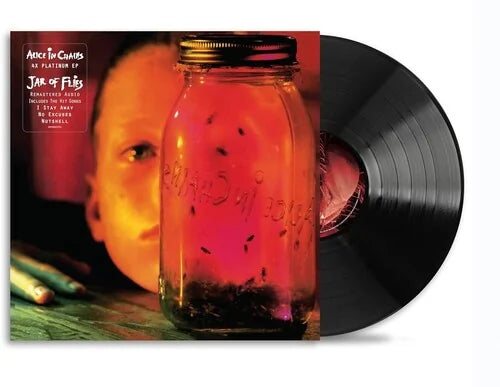
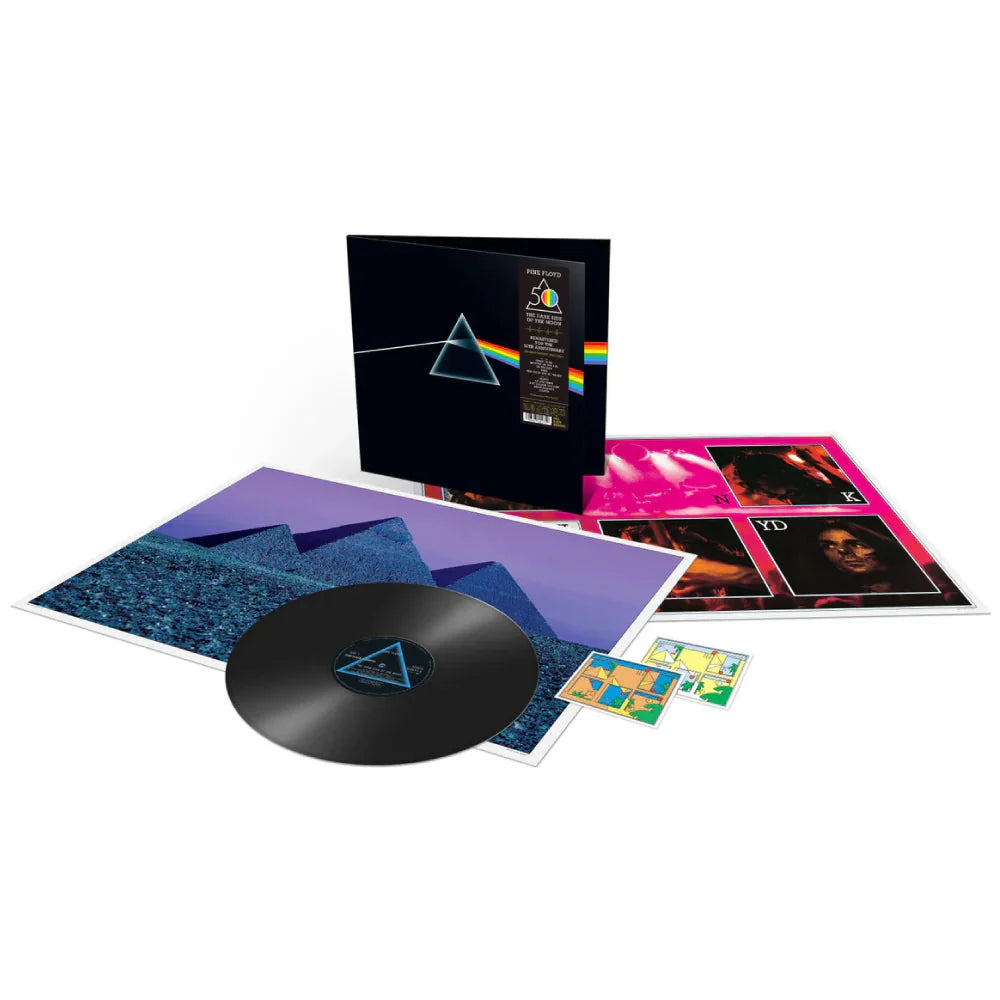
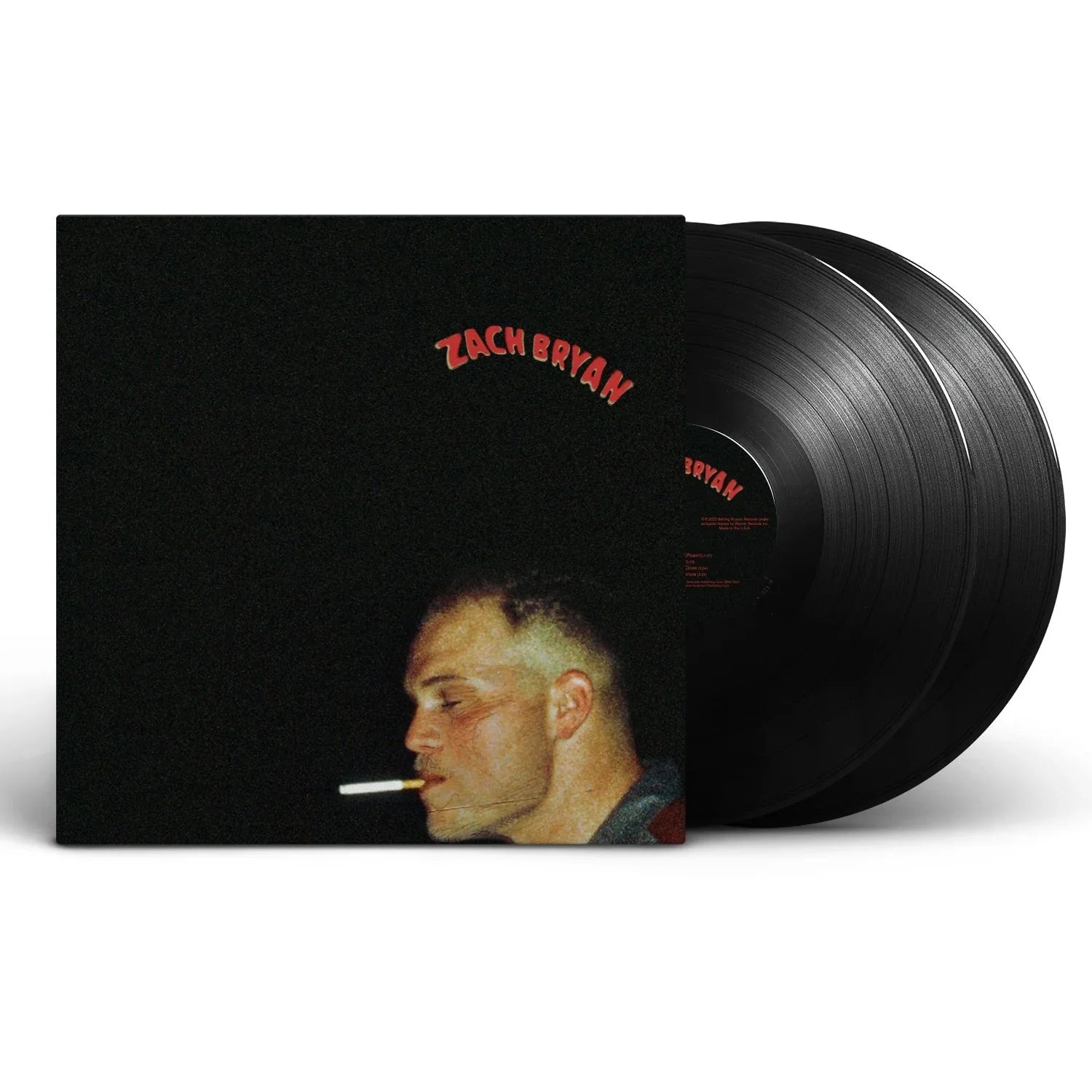
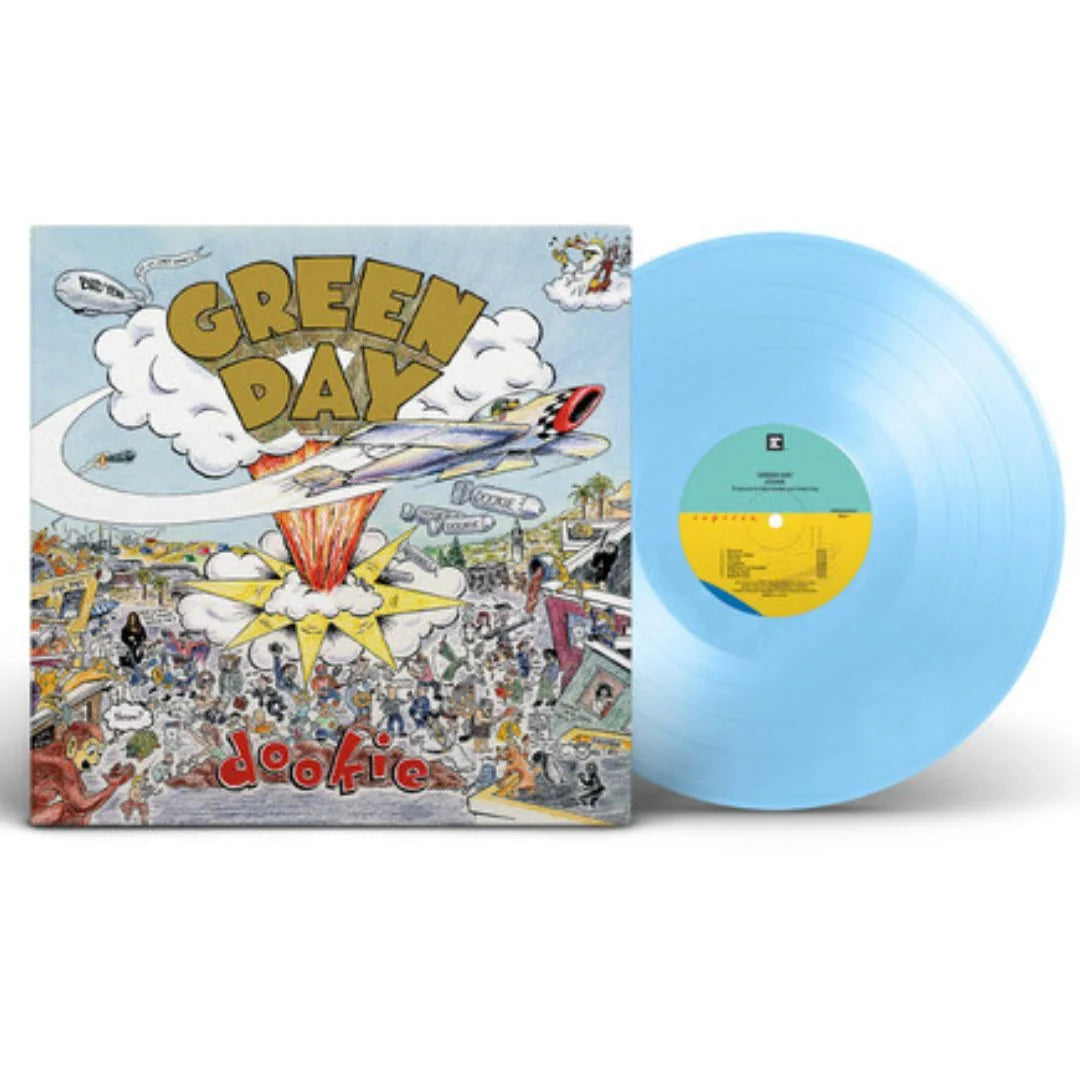
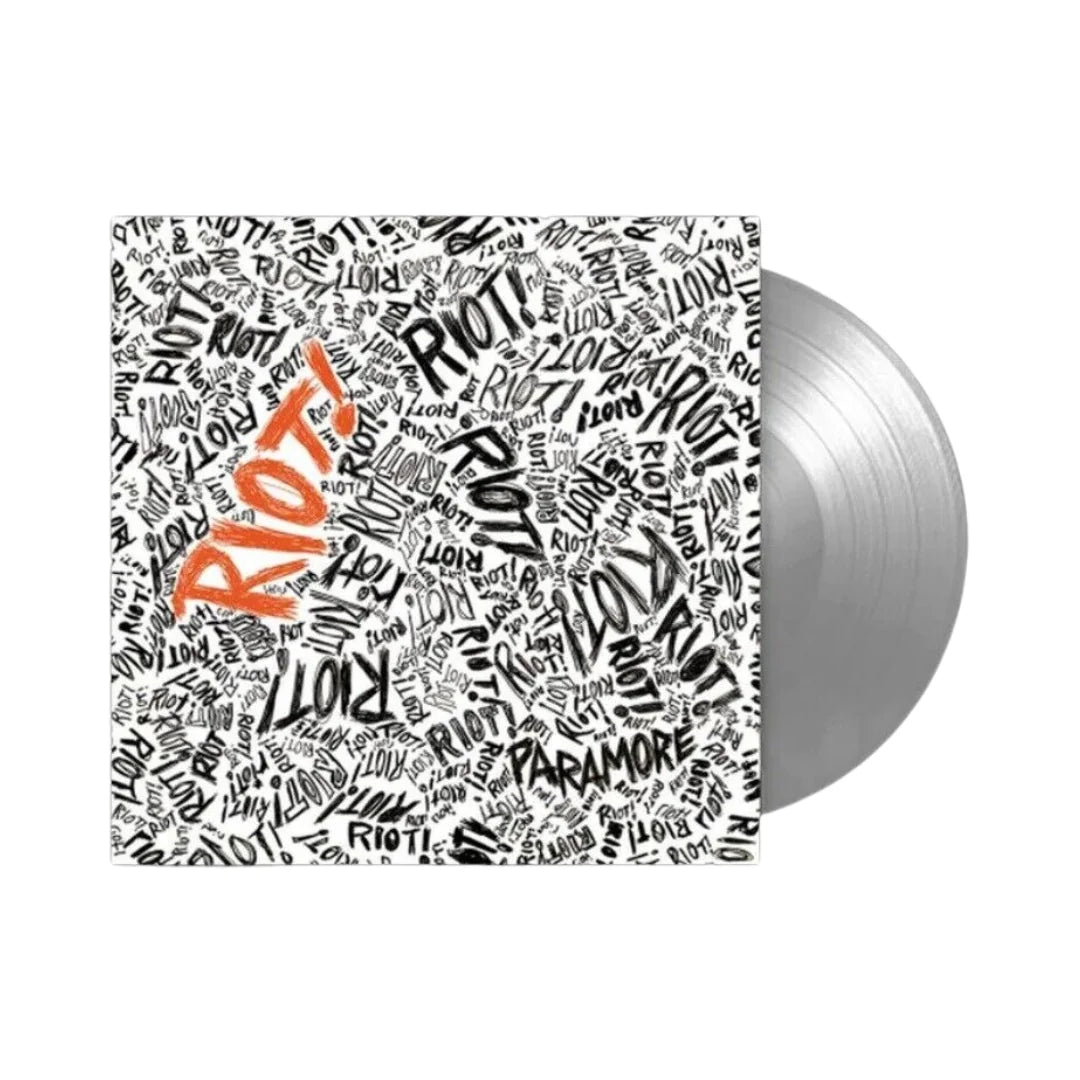
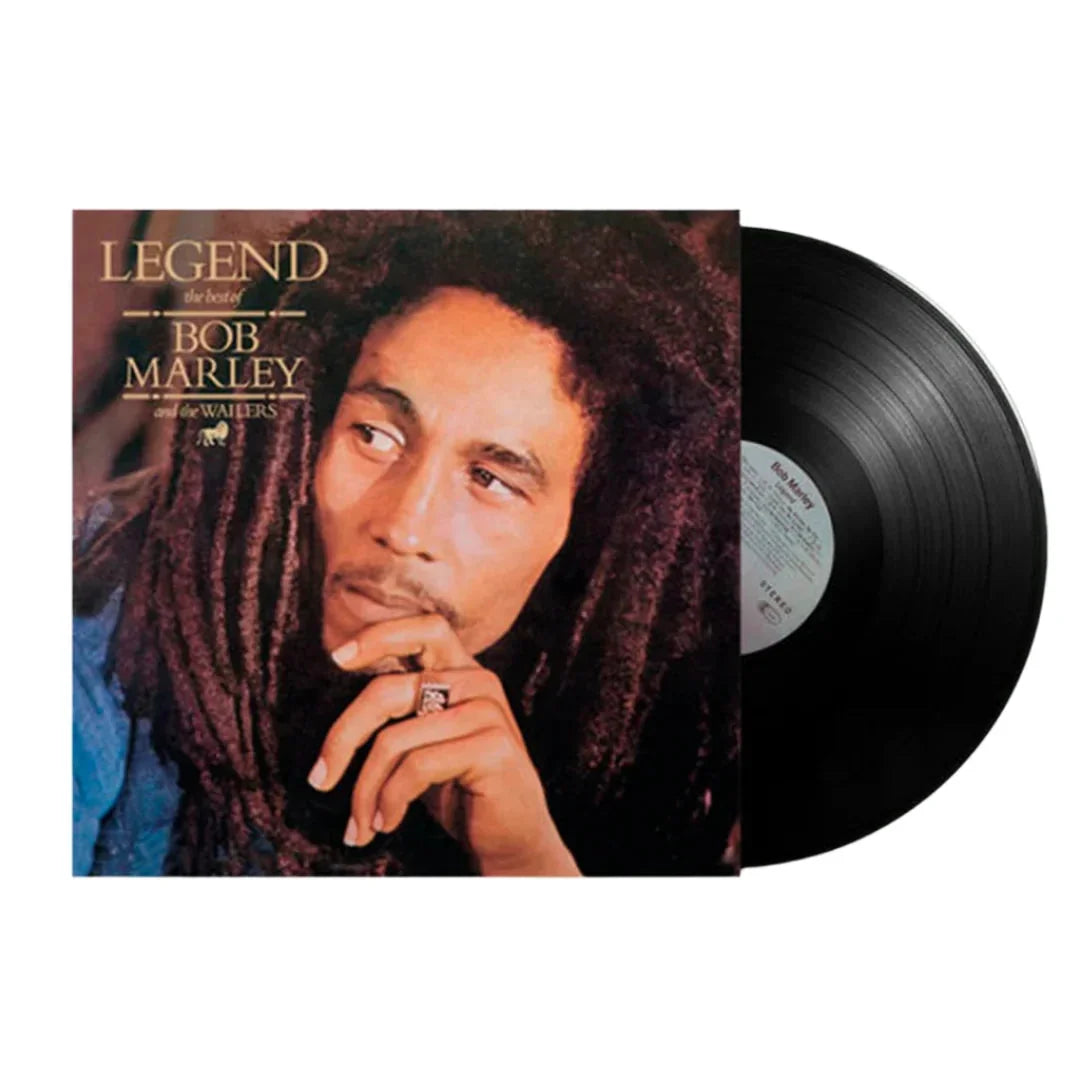
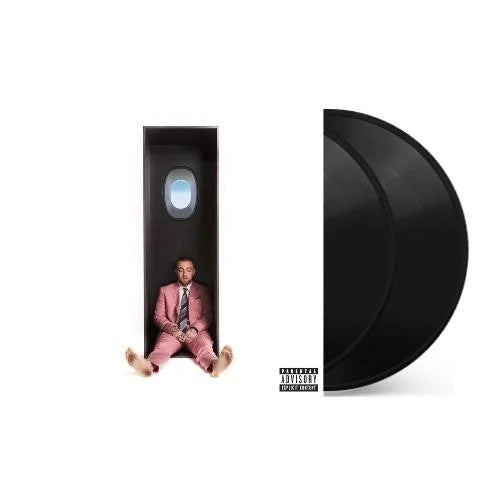
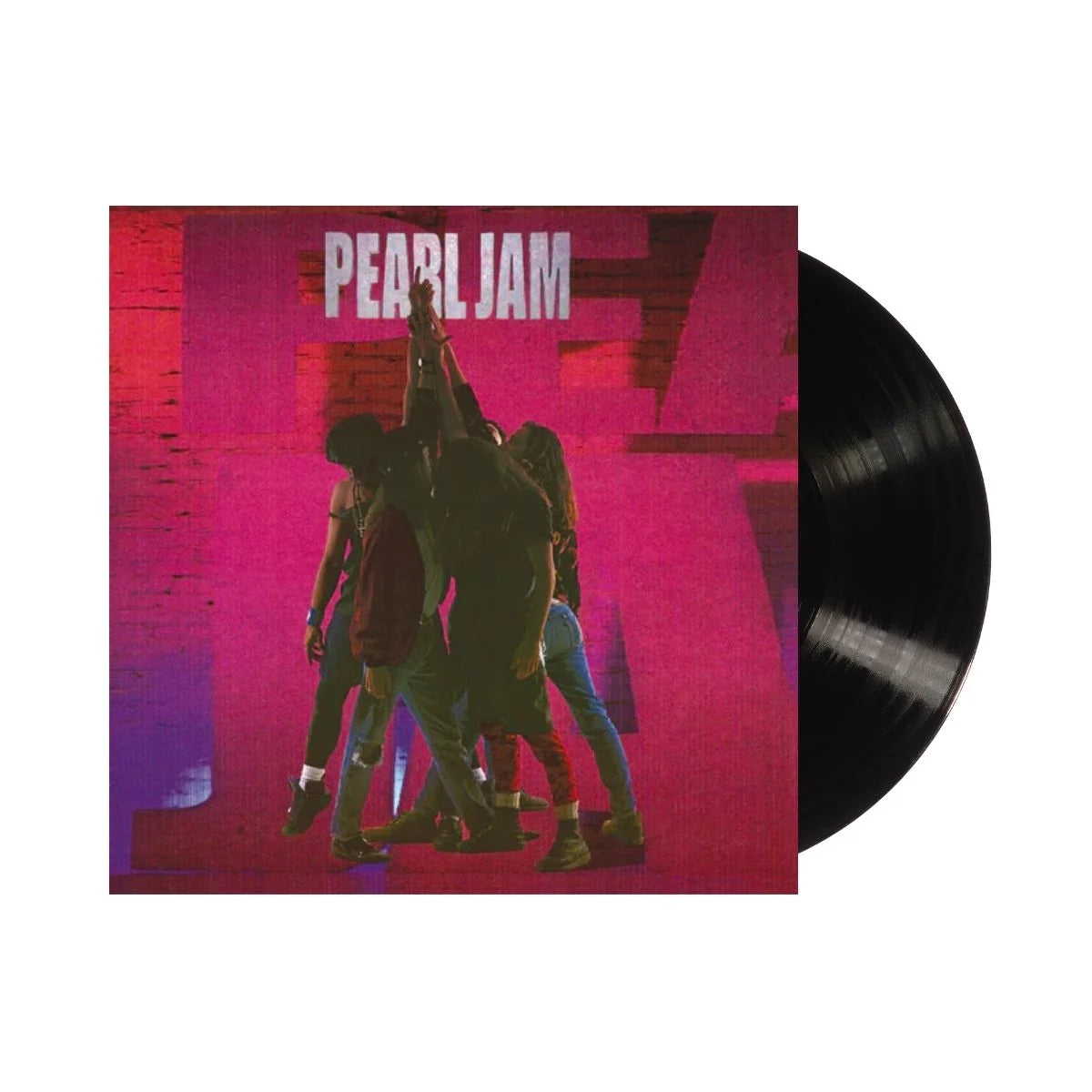
![The Grateful Dead - The Music Never Stopped [6LP Box Set]](http://vinyl.com/cdn/shop/files/The_Grateful_Dead-The_Music_Never_Stopped__6LP_Box_Set.jpg?v=1747729623&width=5760)
![The Grateful Dead - Madison Square Garden, New York, NY 3/9/81 (2023 Rocktober Edition) [5LP Box Set]](http://vinyl.com/cdn/shop/files/4247396-3042523.jpg?v=1758034700&width=5760)
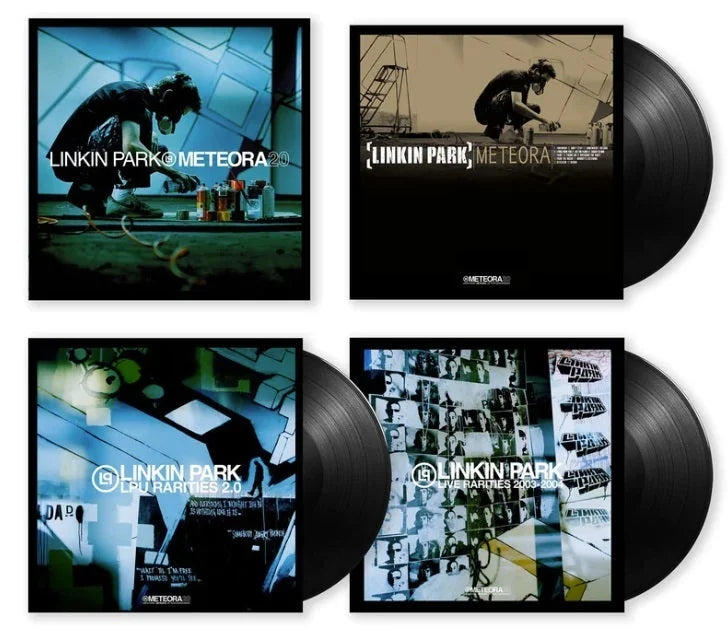
![Sufjan Stevens - Songs For Christmas [5LP Box Set]](http://vinyl.com/cdn/shop/files/3576666.jpg?v=1684195276&width=5760)
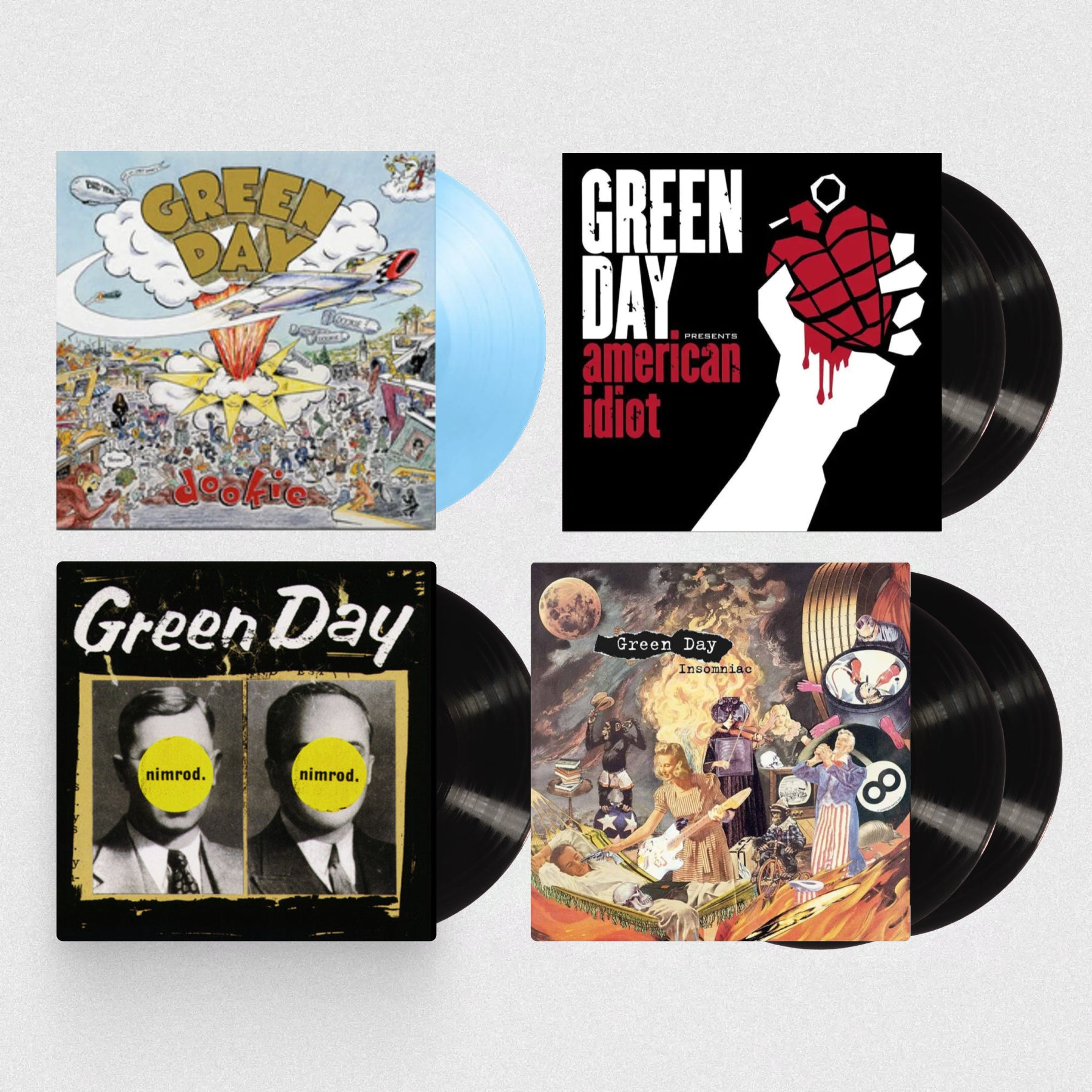
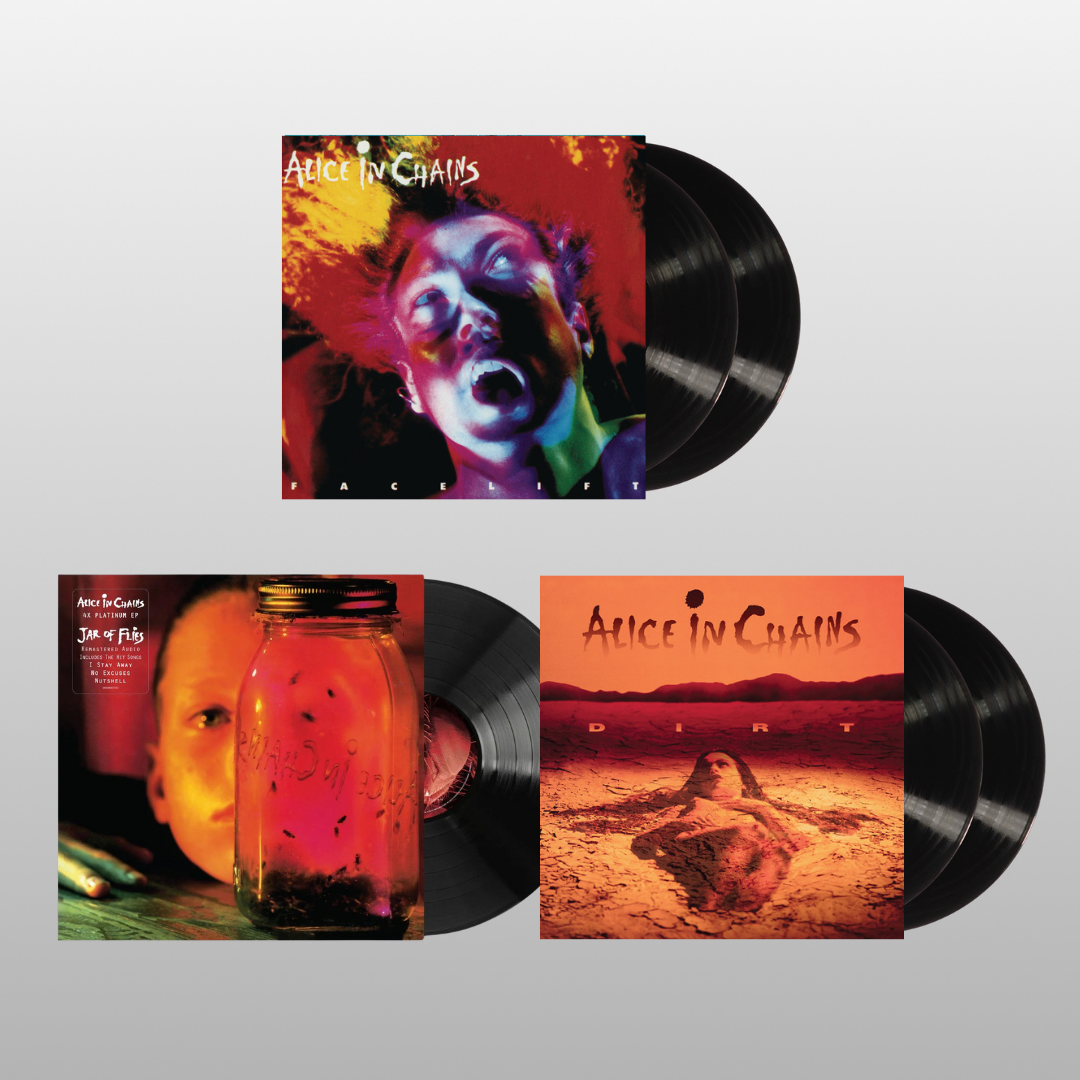
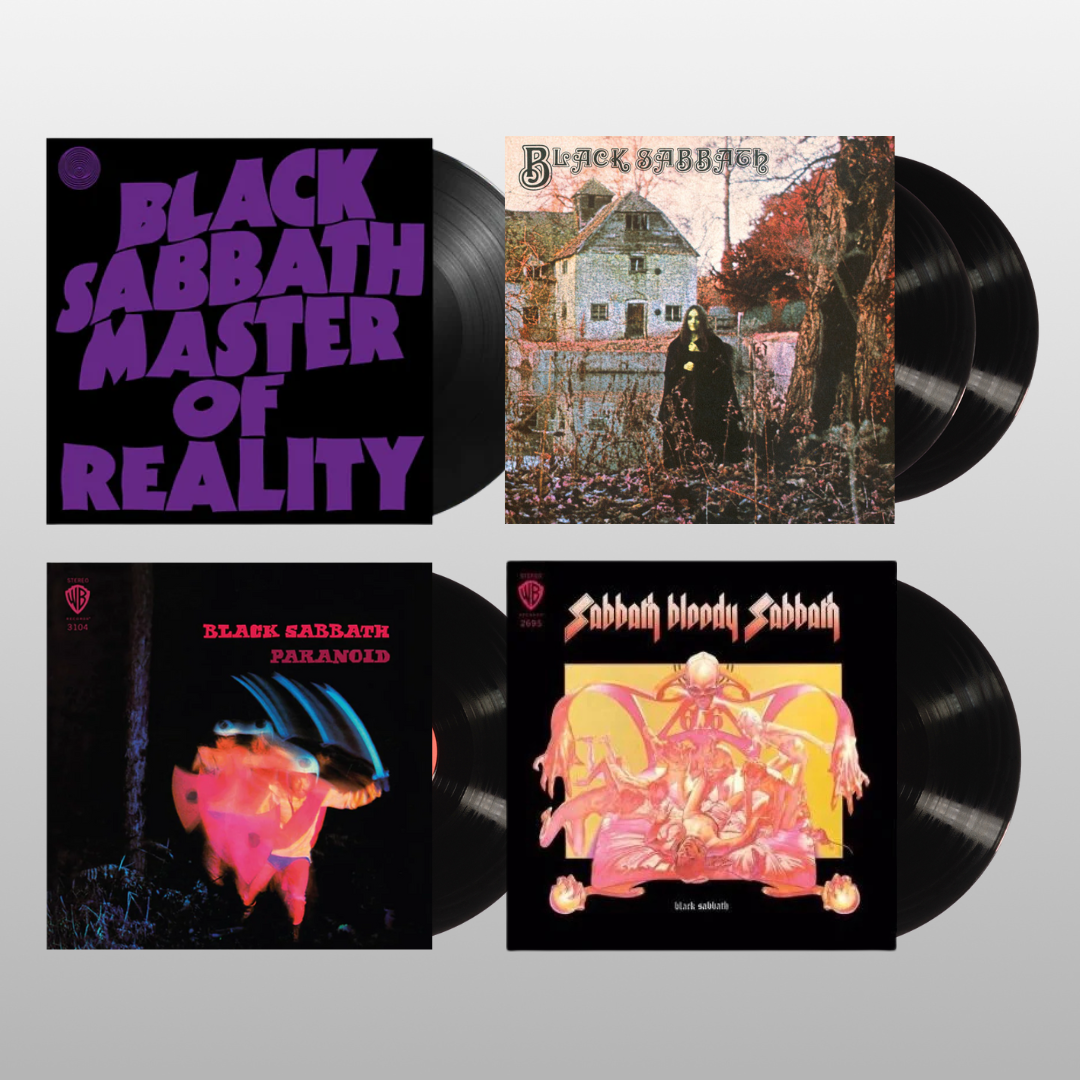

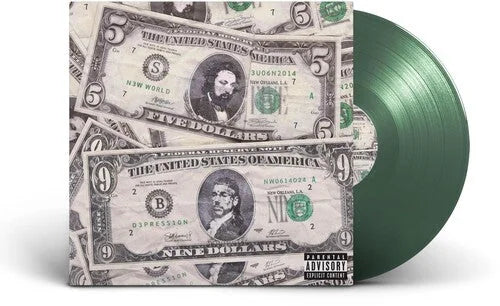
![$Uicideboy$ - Thy Kingdom Come [Clear]](http://vinyl.com/cdn/shop/files/4435583-3407920.jpg?v=1754460746&width=5760)
![(hed) p.e. - New And Improved [Pink]](http://vinyl.com/cdn/shop/files/4425252-3389420.jpg?v=1746578880&width=5760)
![1 Locate S - Wicked Jaw [Sky Blue]](http://vinyl.com/cdn/shop/files/4217742-2982879.jpg?v=1693273095&width=5760)
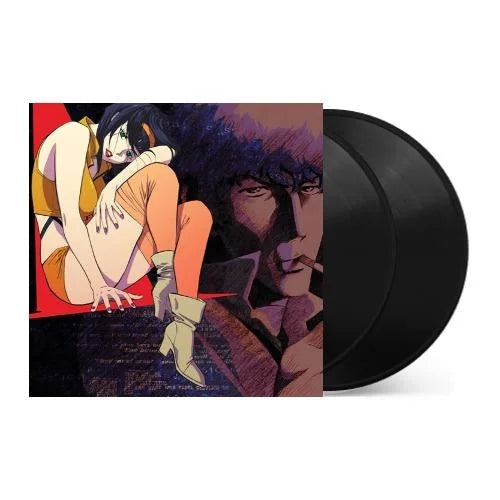
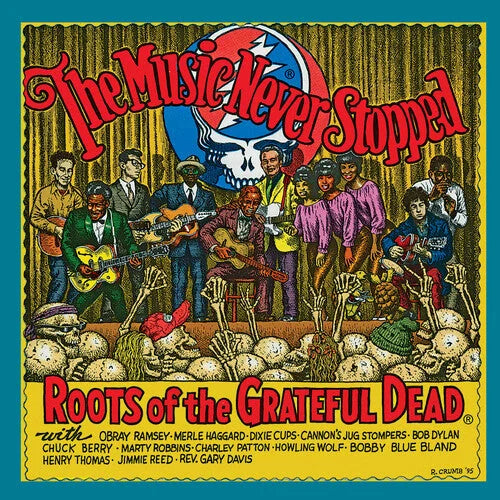

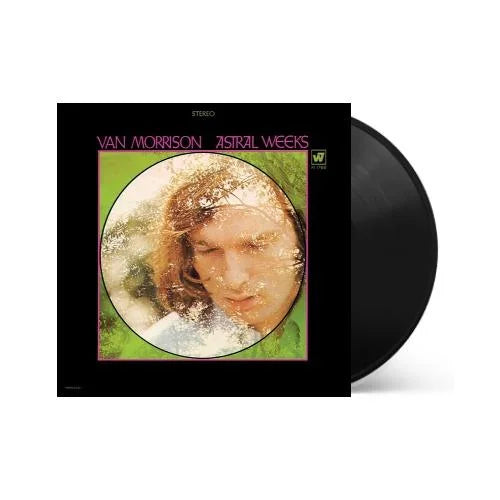
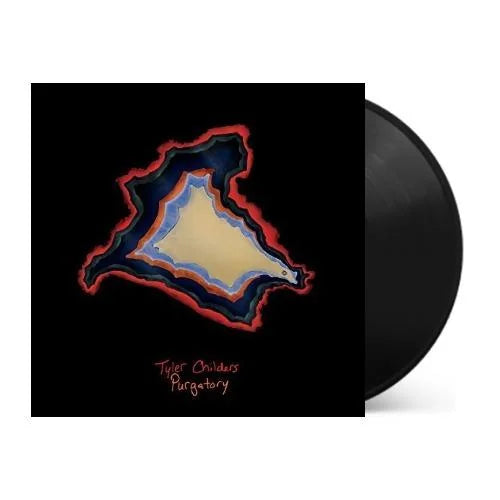
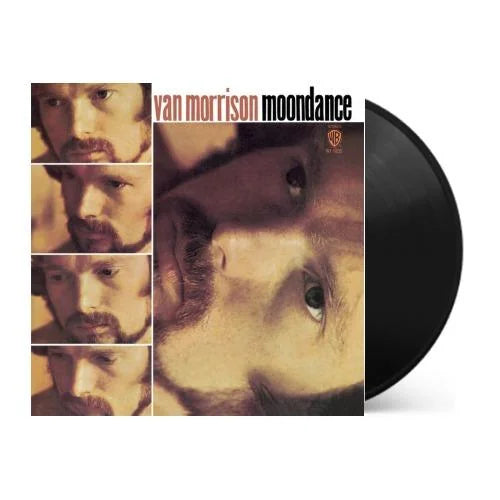
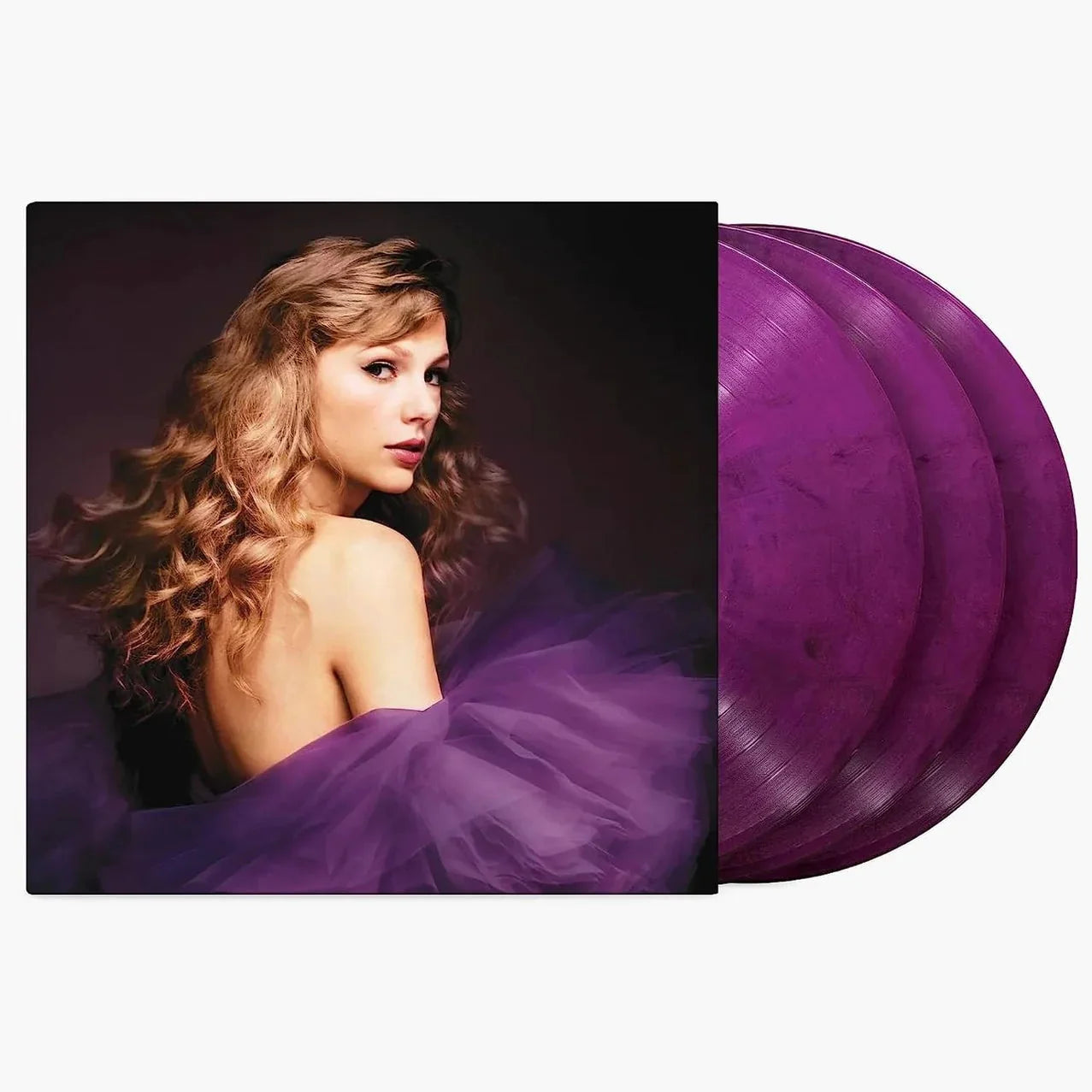
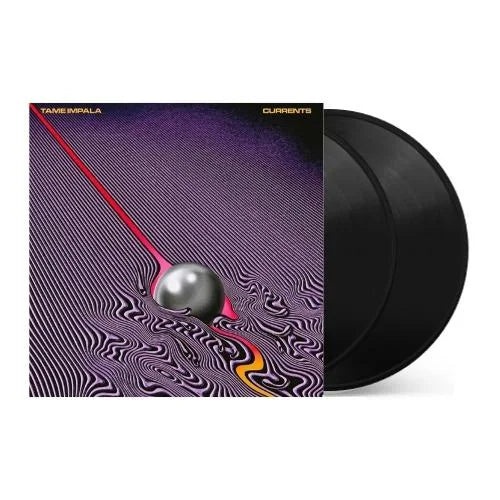
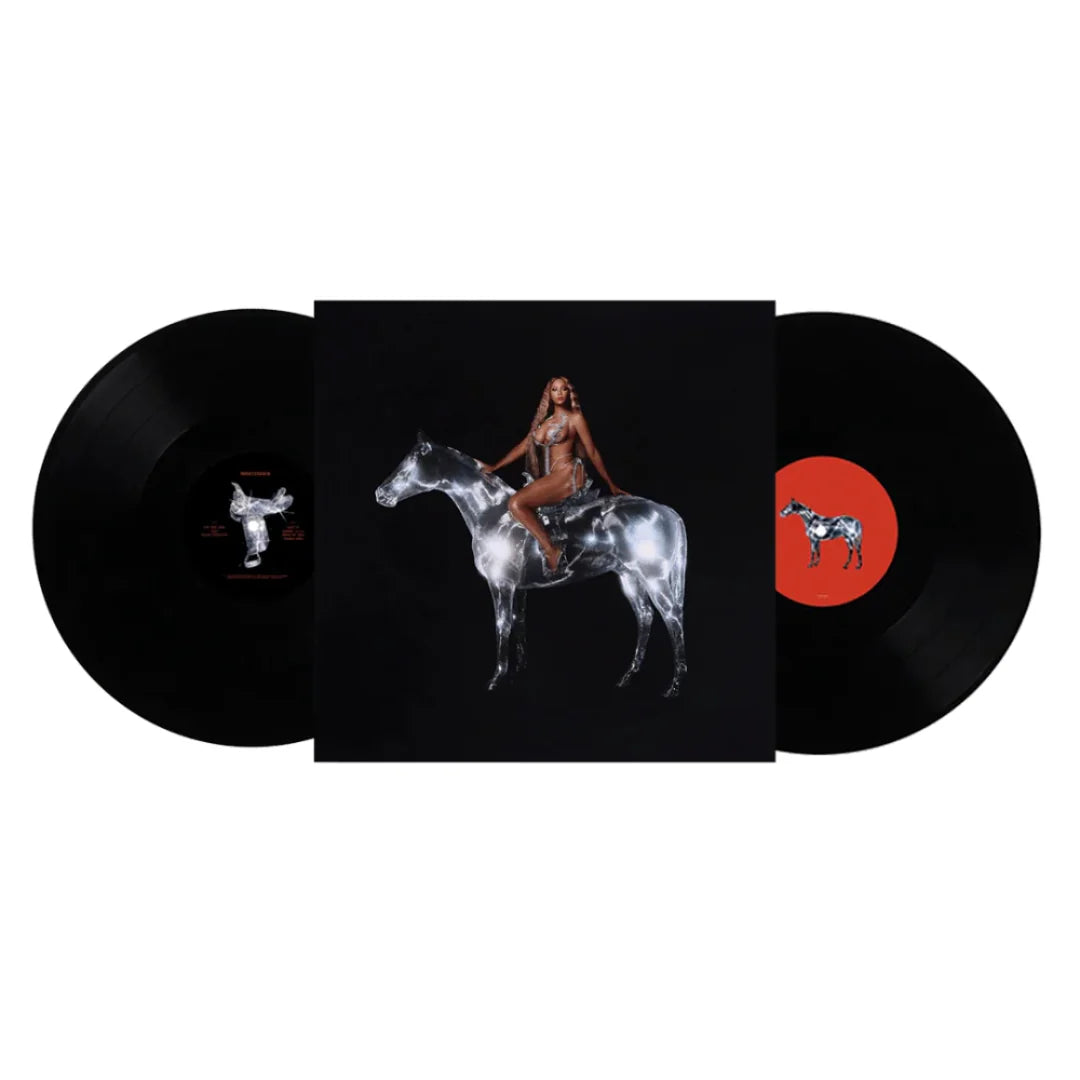
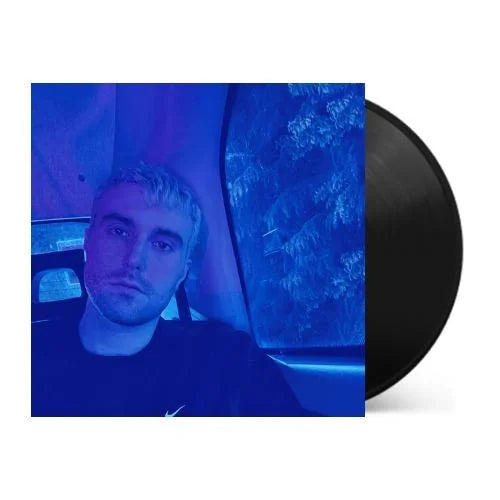
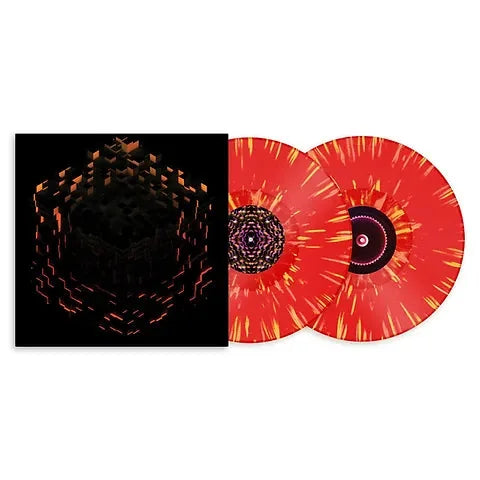
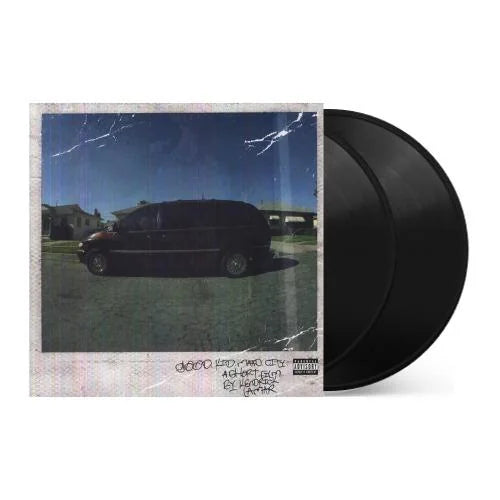
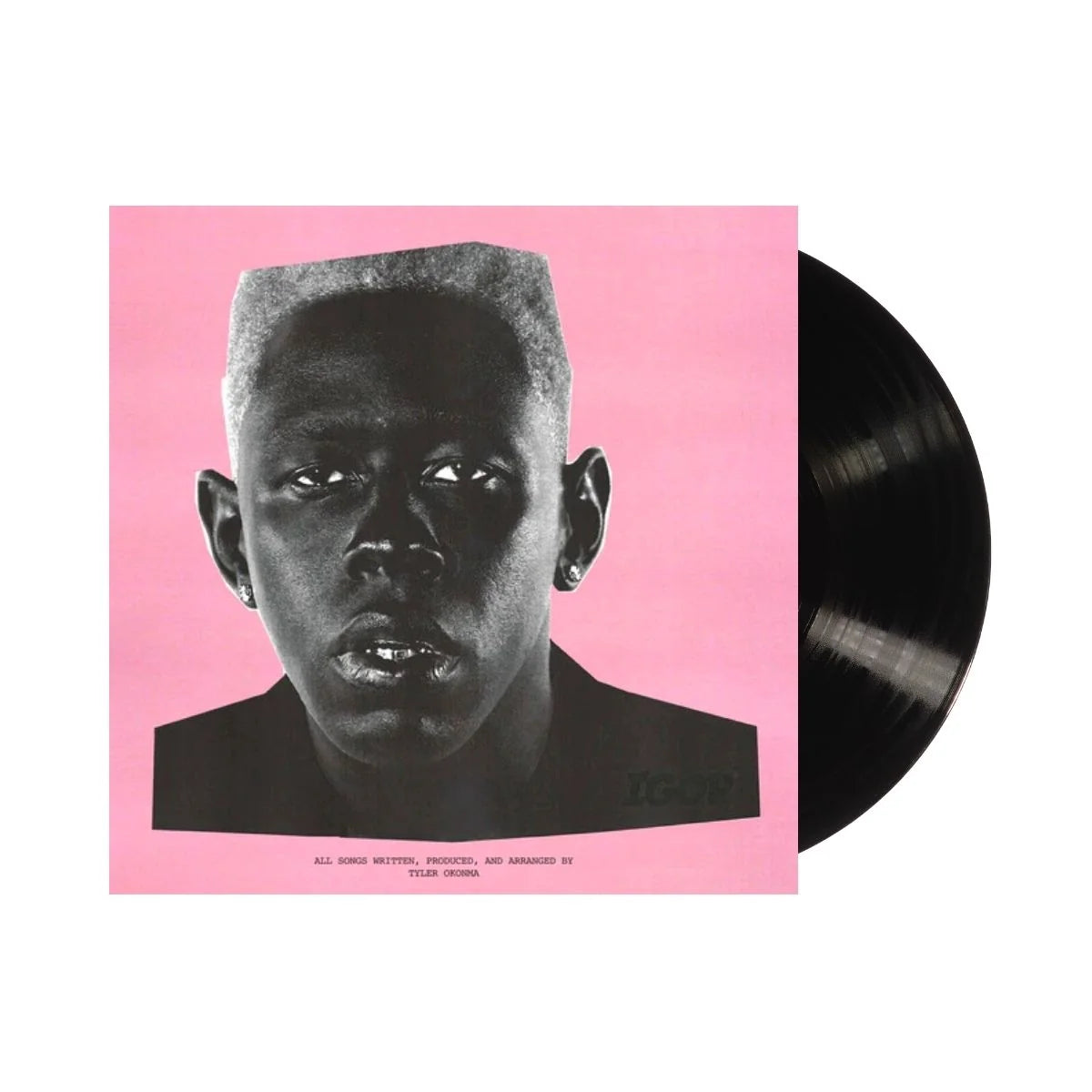
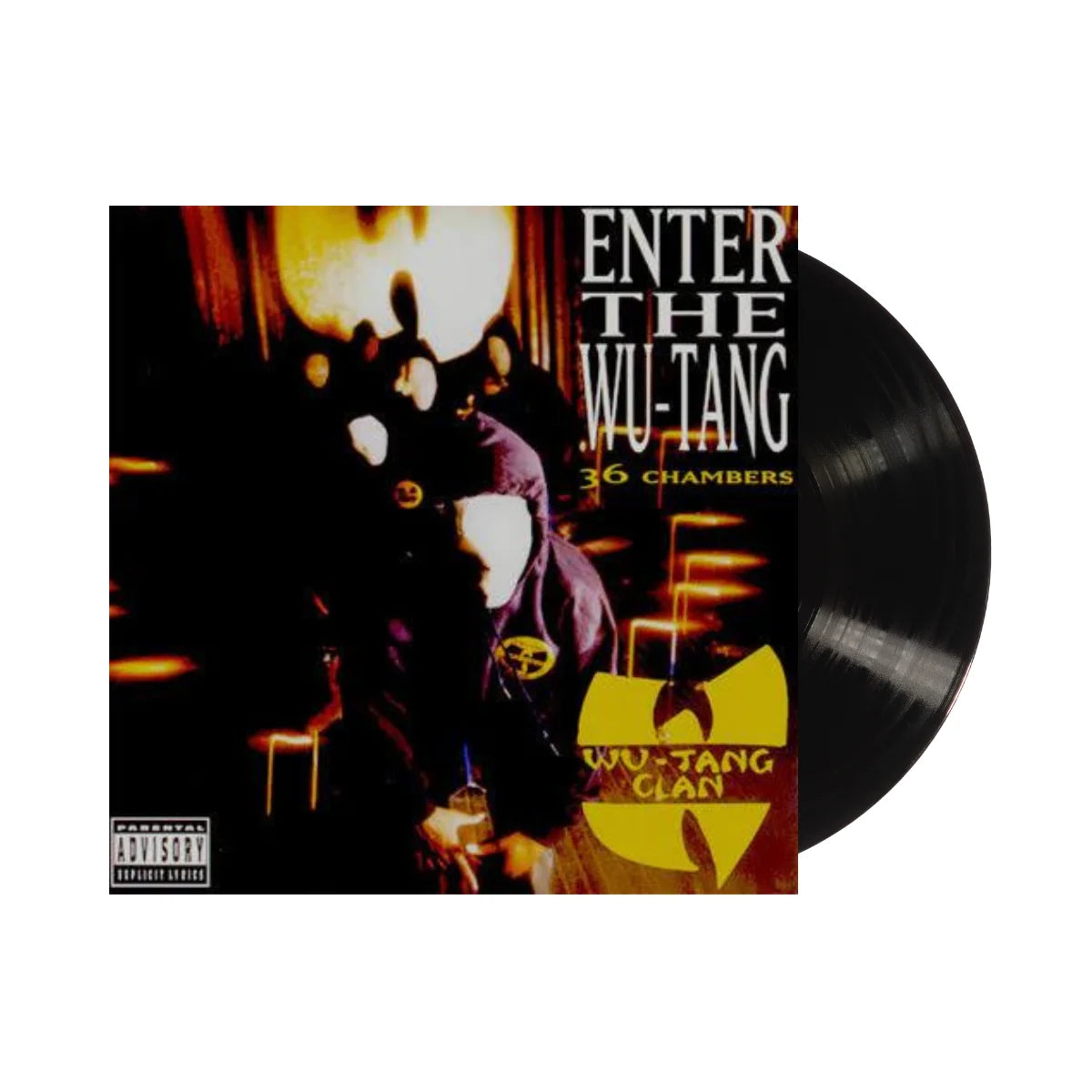
![Miles Davis - Kind of Blue [180-gram]](http://vinyl.com/cdn/shop/files/Y4LPMD03.webp?v=1742198237&width=5760)

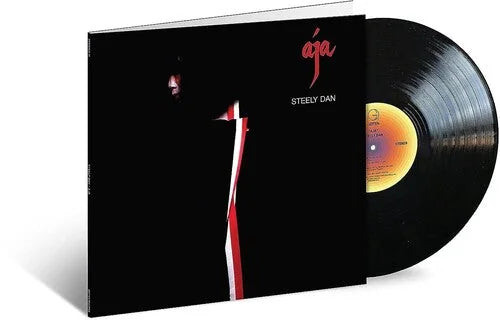
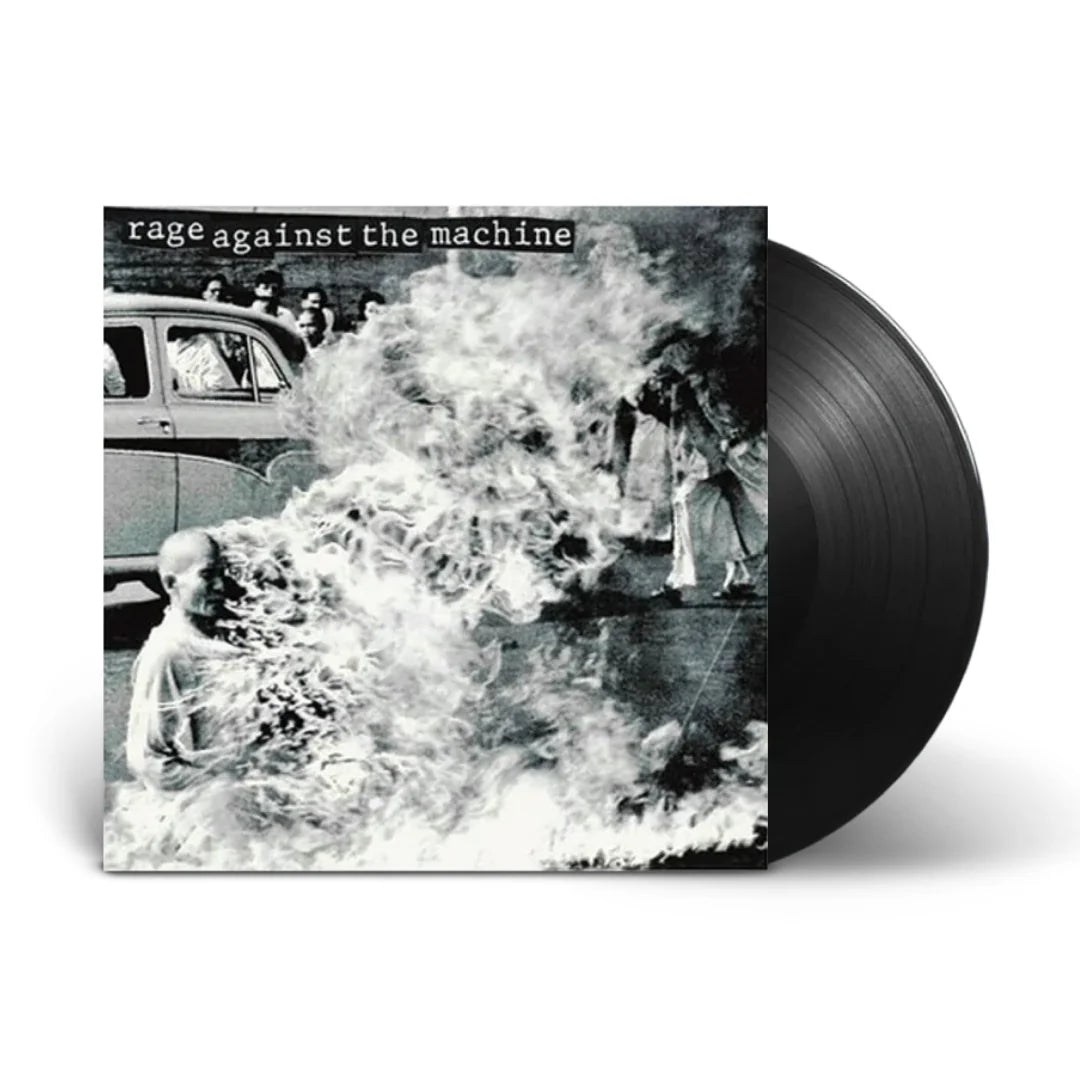
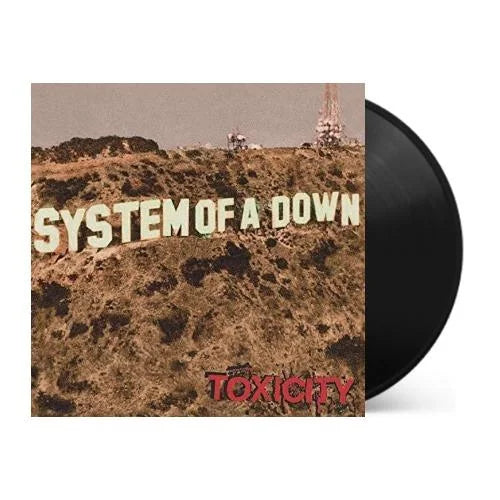
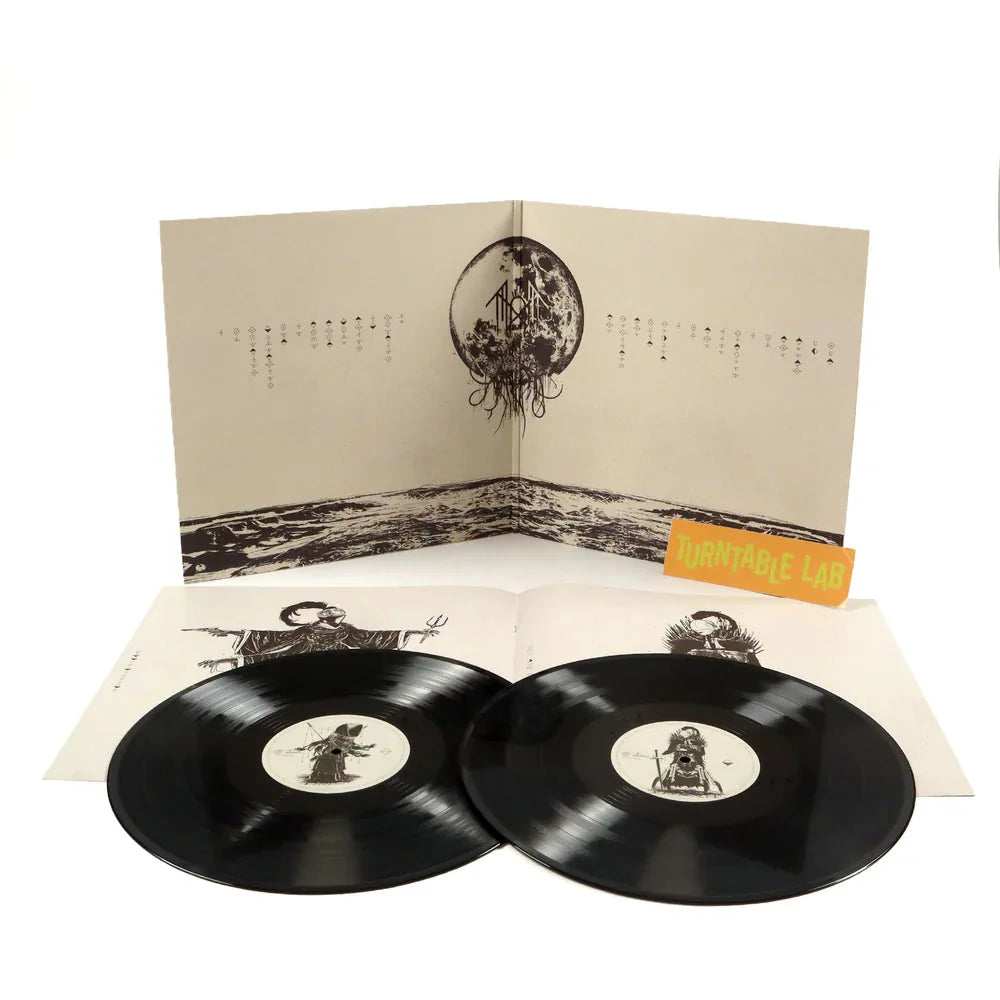
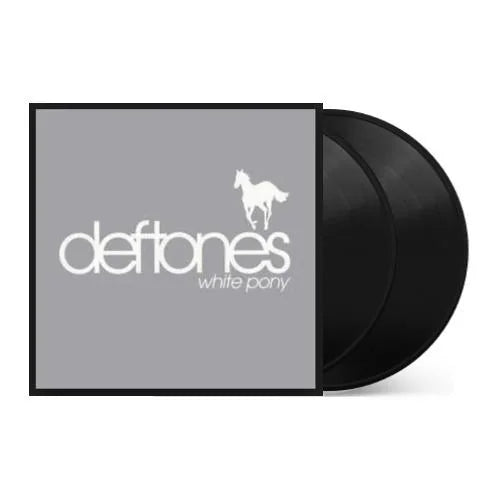
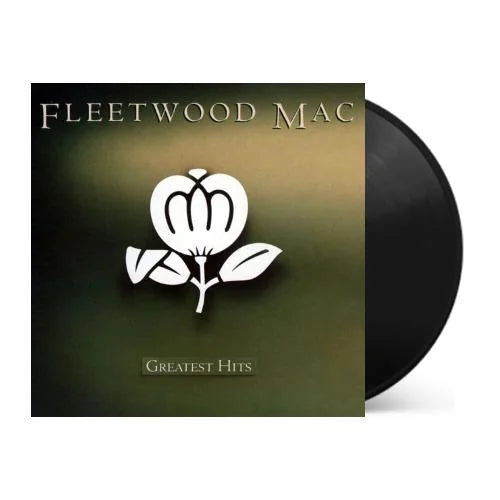
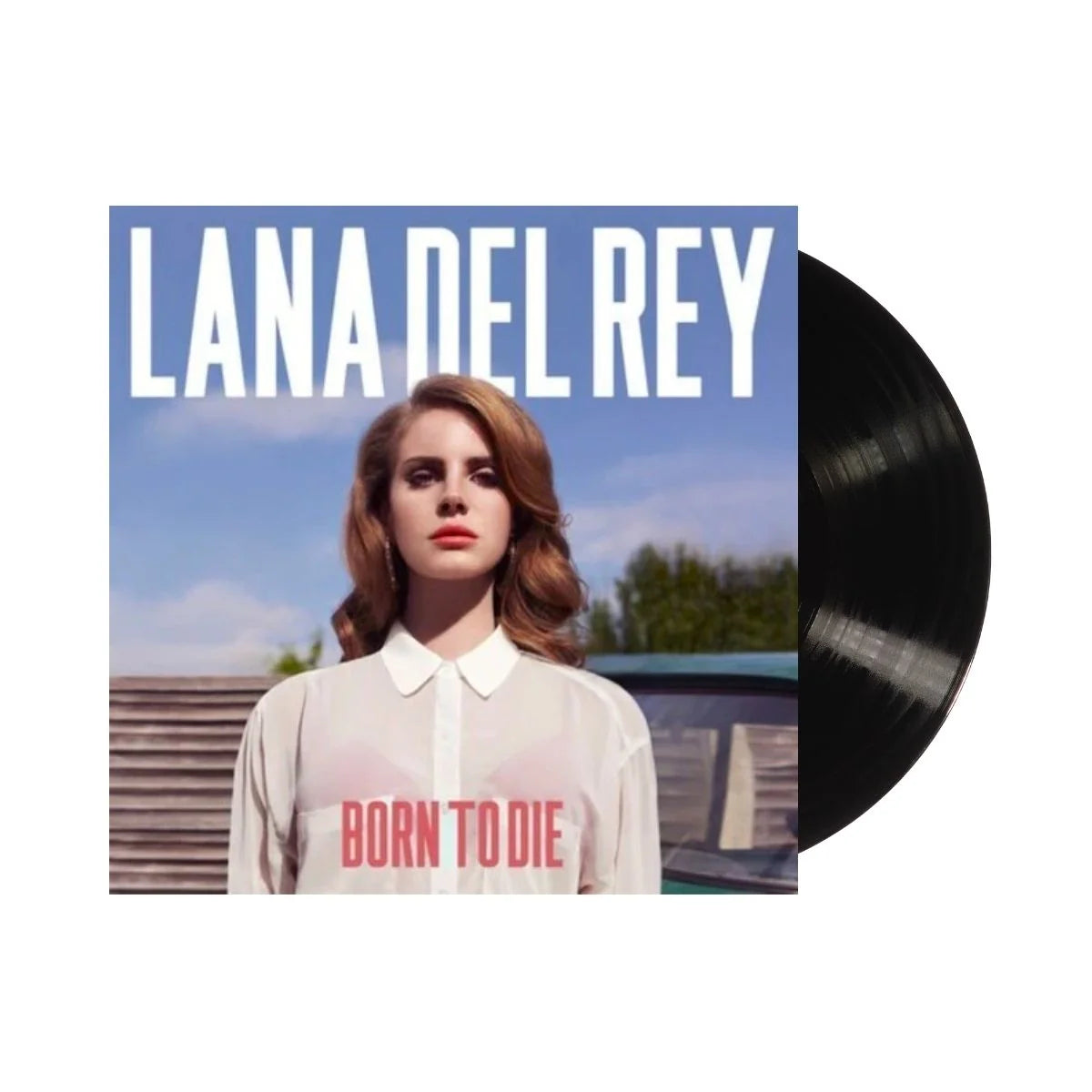
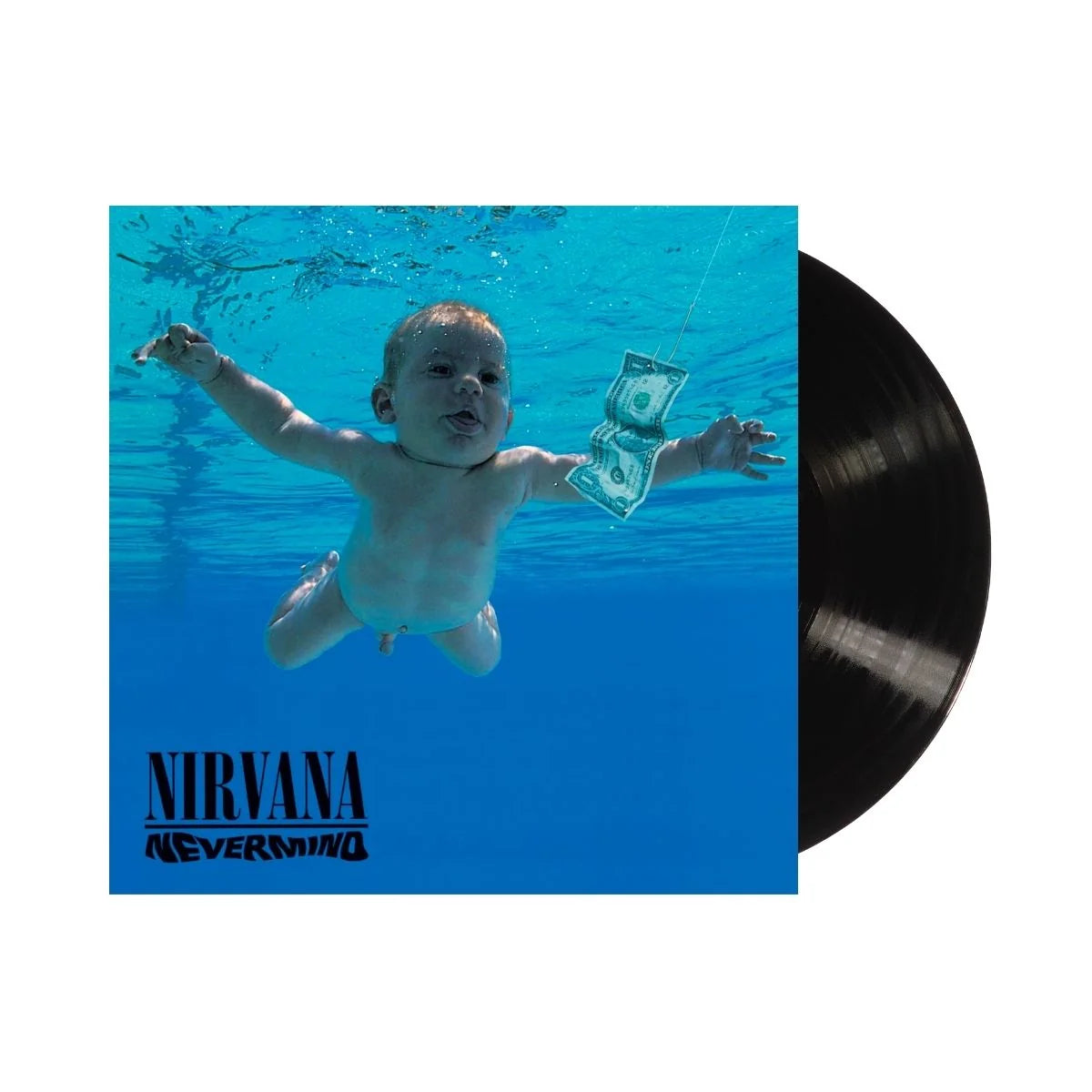
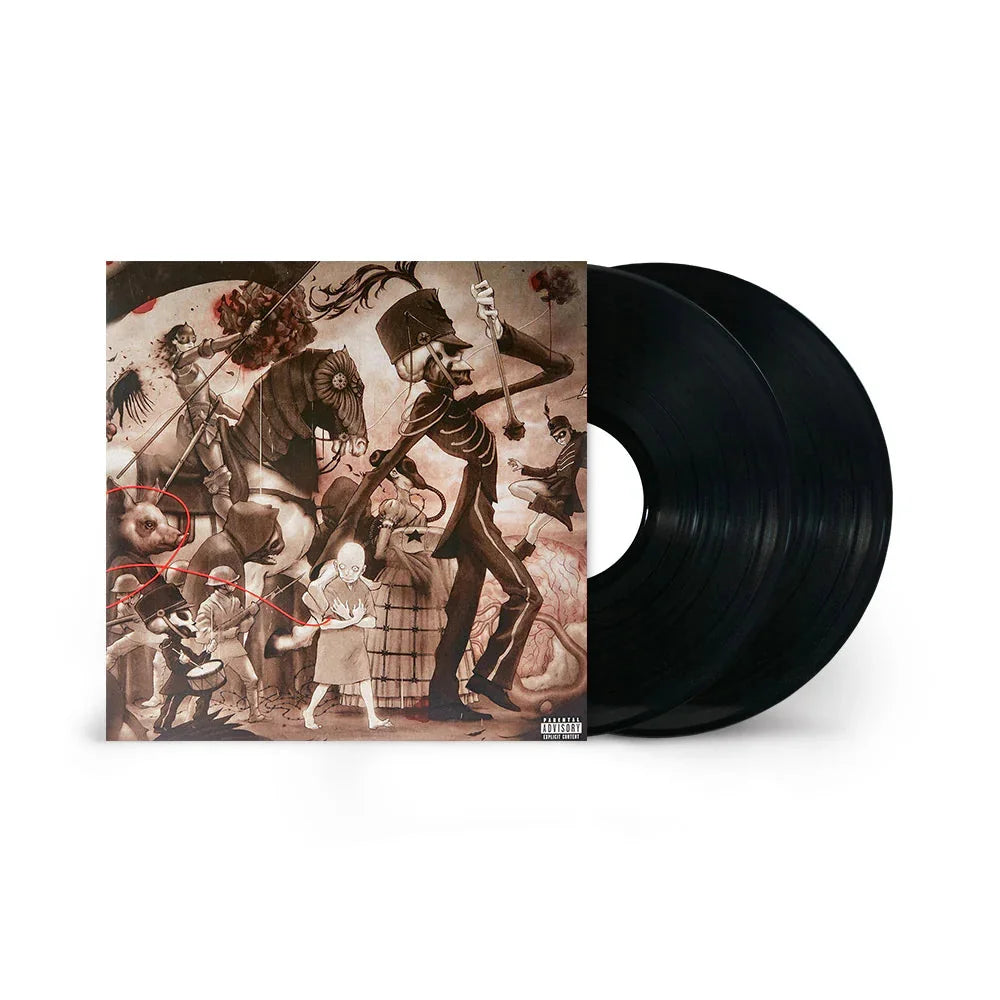
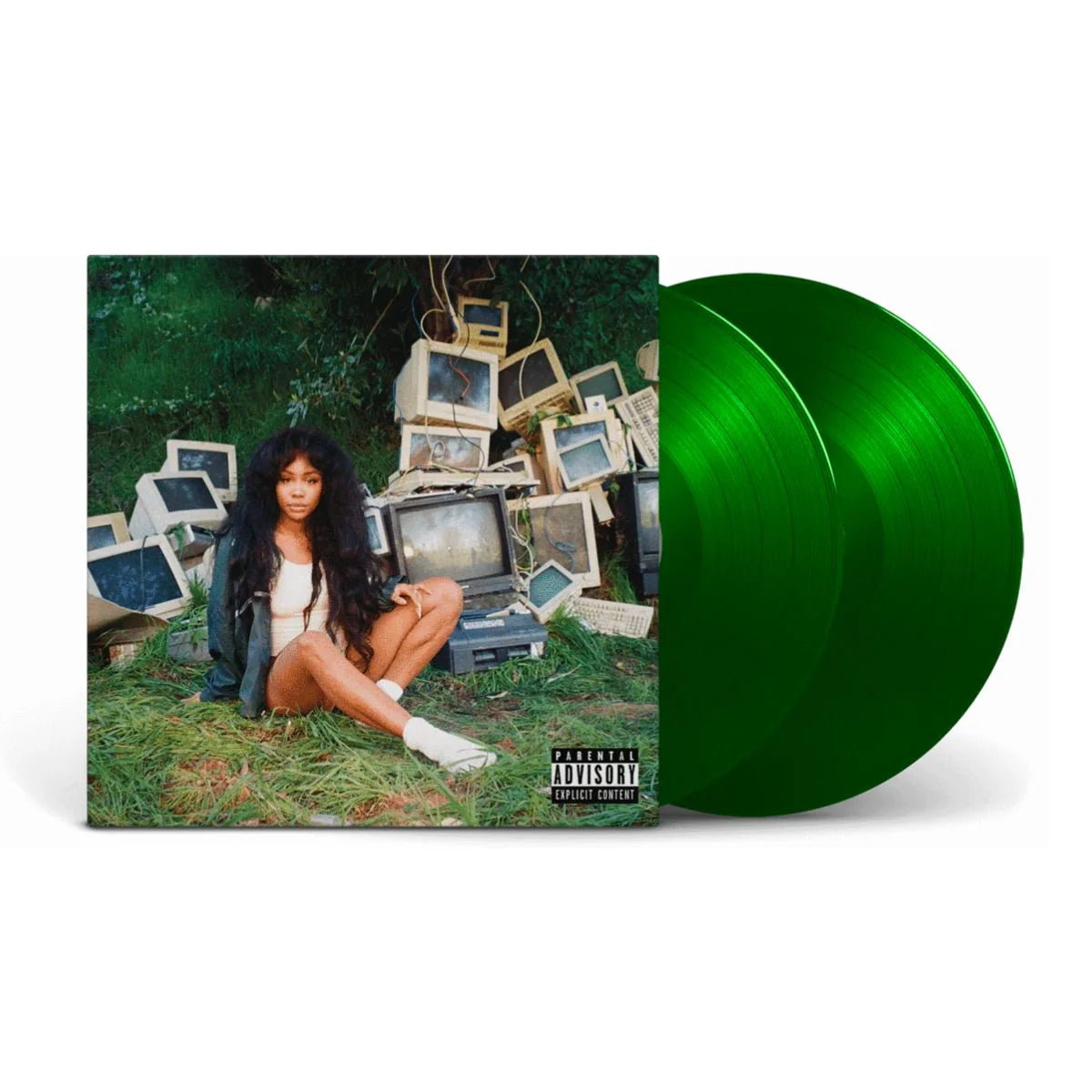
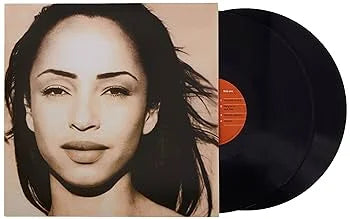
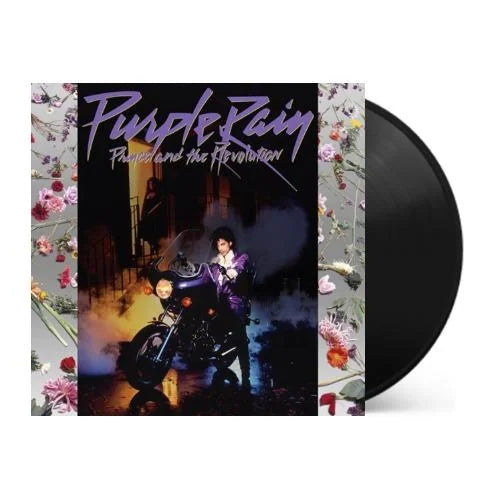
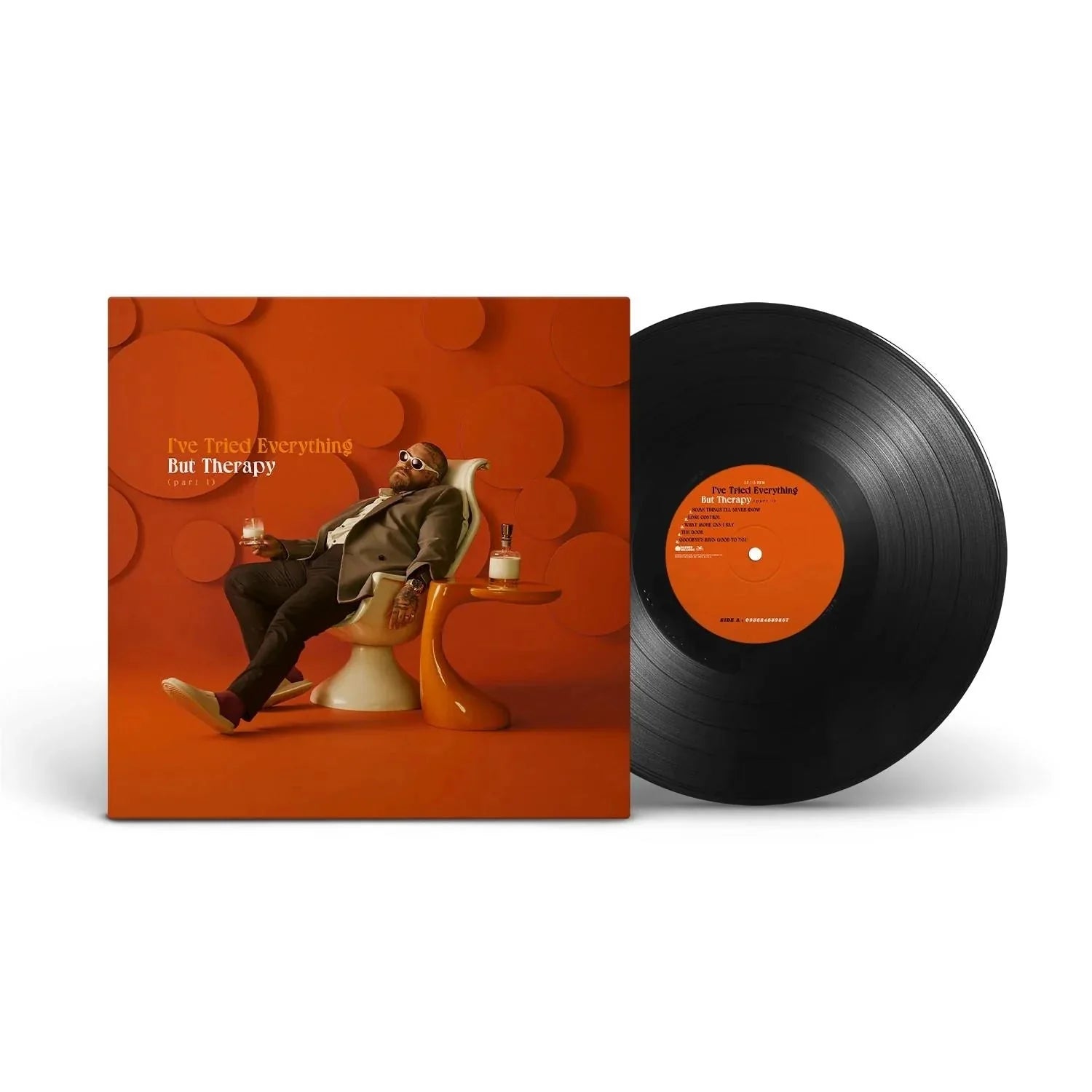
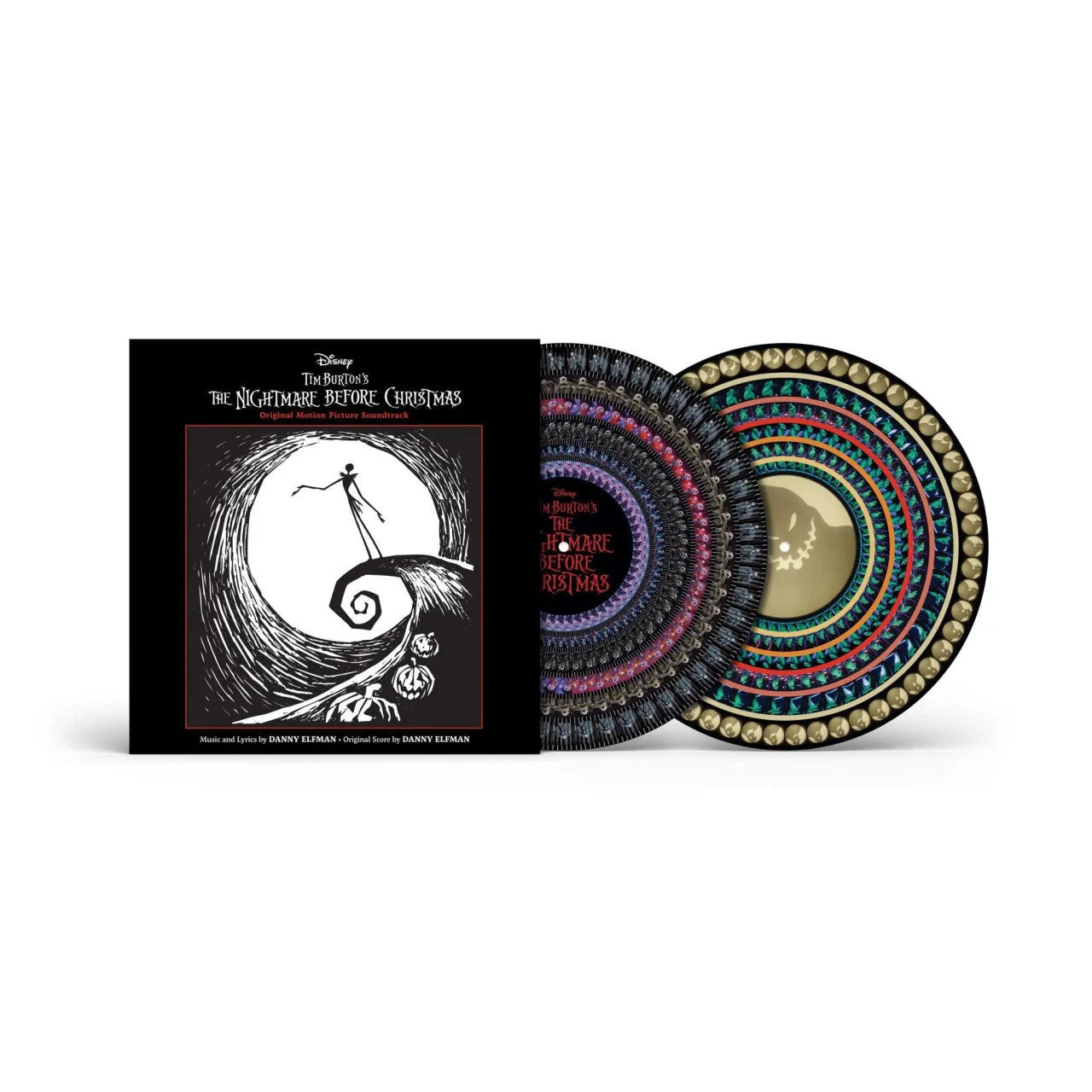
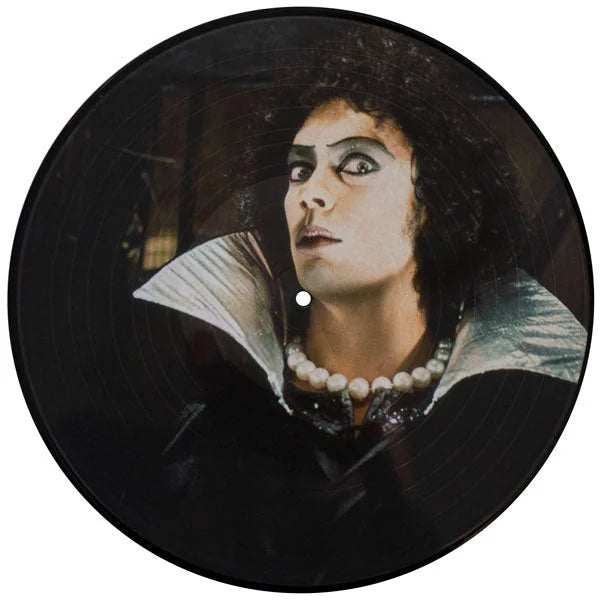
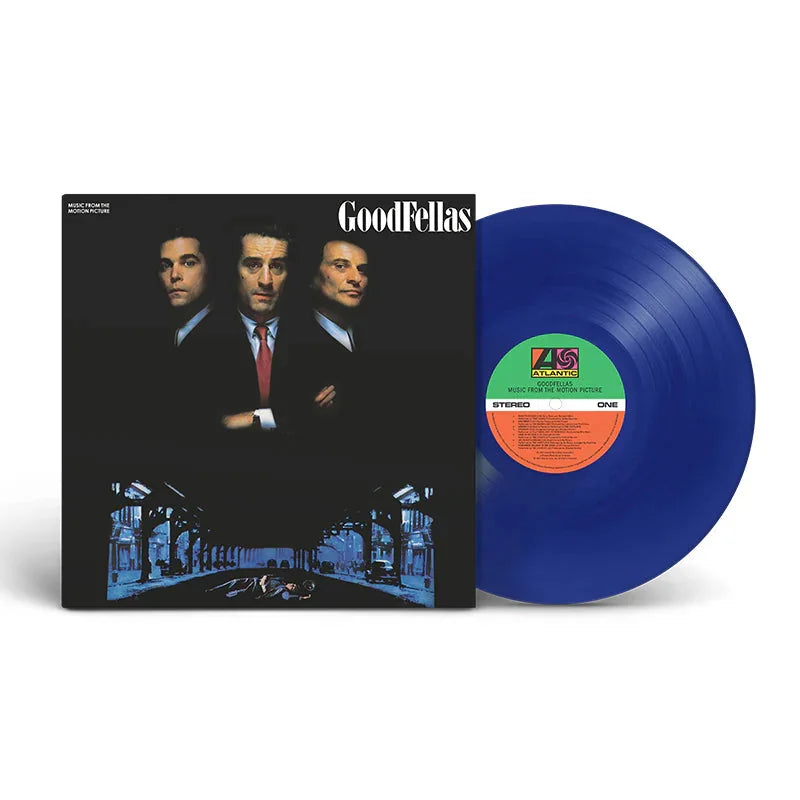
![Transformers: The Movie (Original Soundtrack) [Unicron Marbled 180-Gram]](http://vinyl.com/cdn/shop/files/4417308-3378319.jpg?v=1745982250&width=5760)









